努美阿白环海蛞蝓
The mantle is a translucent pink, the mantle margin is cream-white with reddish purple spots.The gills and rhinophores are orange-reddish.A white band on the mantle splits behind the rhinophores and encircled the gills.
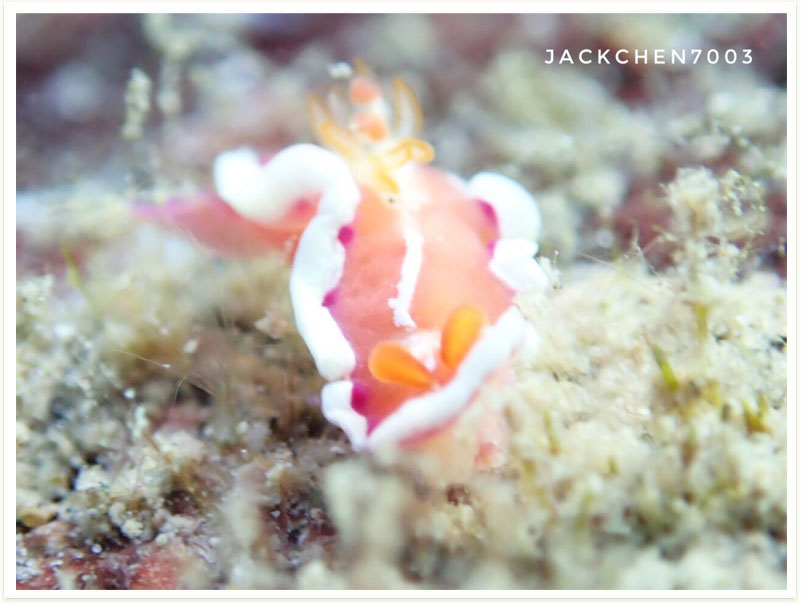
 Underwater Photography
Underwater PhotographyThe mantle is a translucent pink, the mantle margin is cream-white with reddish purple spots.The gills and rhinophores are orange-reddish.A white band on the mantle splits behind the rhinophores and encircled the gills.

Stiliger is a genus of small and minute sacoglossan or sap-sucking sea slugs. They are marine gastropod mollusks in the family Limapontiidae.
They somewhat resemble nudibranchs, but are not closely related to them. They are a rich green in color, caused by the green algae they eat.
Tubulophilinopsis pilsbryi can be easily identified by its colour pattern.The background colour is translucent white/tan with a pattern of black/brown reticulate lines. In some specimens the lines are relatively thin. Let me quote Bill Rudman: “The colour pattern though is very variable and runs through to animals which could best be described as being black dorsally with white spots.”
Tritonia nilsodhneri feed on the gorgonian Eunicella verrucosa, Eunicella stricta and Swiftia pallida.

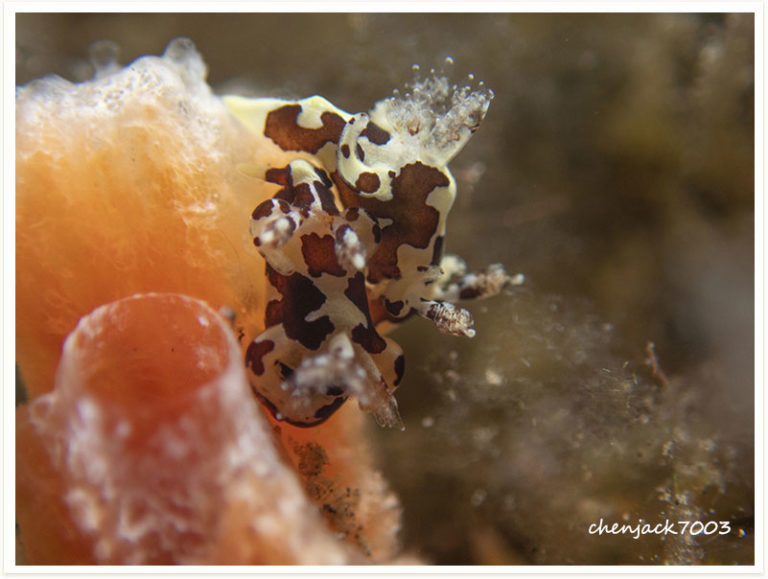
Thuridilla gracilis is a sea slug in the family Elysiidae, which is characterized by two flaps that merge on the back to form a ridge.
Like other representatives of the genus it is not well known which algae species they feed on.
Thuridilla species are quite often found as hitchhikers on live rock – but in how far they can be kept for a longer period this will depend on the coincidental presence of their preferred food items and is more a gamble than anything else.
Thuridilla carlsoni,Sapsucking Slug
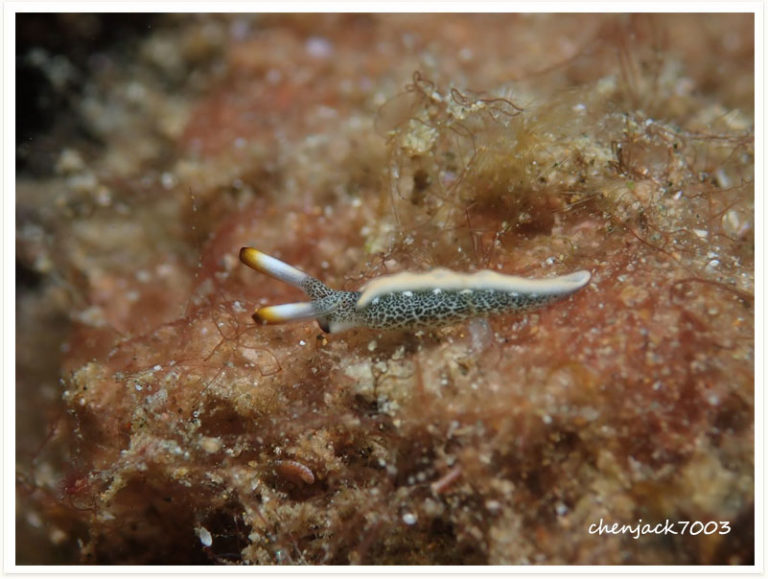
The backround colour is light blue with white longitudinal bands. On the mantle are white or crem coloured spots,as its name ‘albopustulosa’ suggests.Rhinophores are white and bright orange.

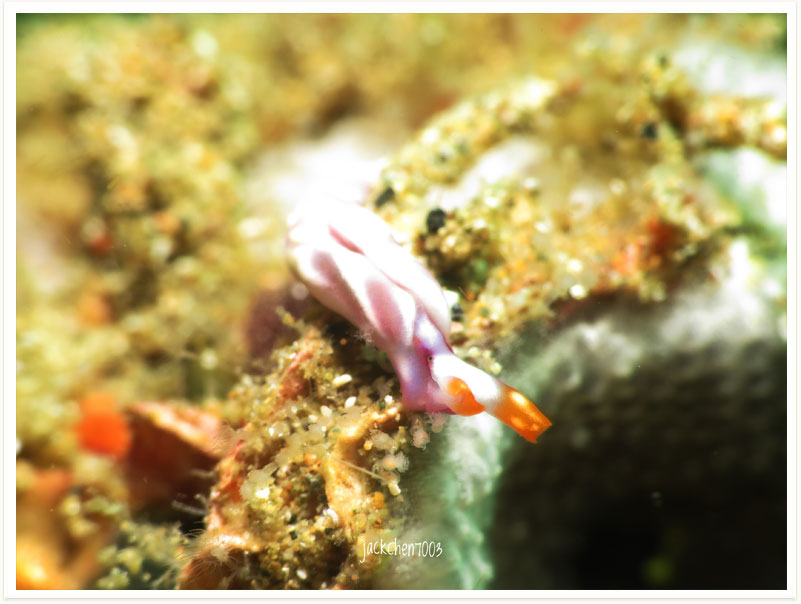
Thorunna furtiva is a species of sea slug, a dorid nudibranch, a shell-less marine gastropod mollusk in the family Chromodorididae. It is the type species of the genus Thorunna.
This species was described from Camiguin, Luzon, the Philippines. It has been reported throughout the western tropical Indo-Pacific Ocean.
This species feeds exclusively on bryozoans (moss animals).
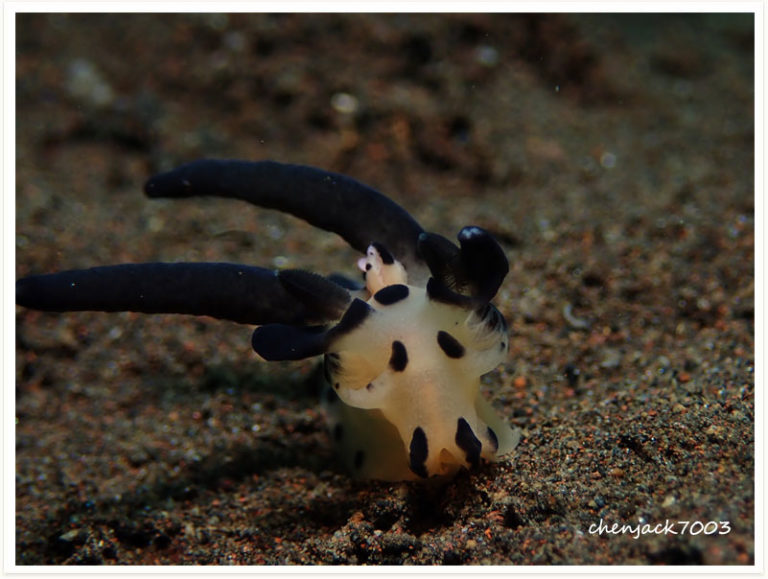
This species feeds on Bryozoan (Moss animals).Thecacera picta lives on sand and rubble bottom.There are several color variations and various patterns of this nudibranch.
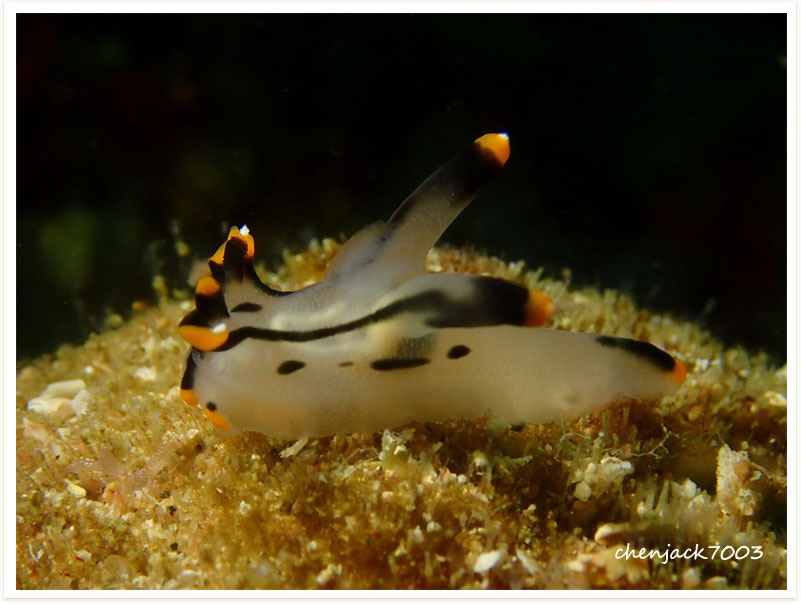
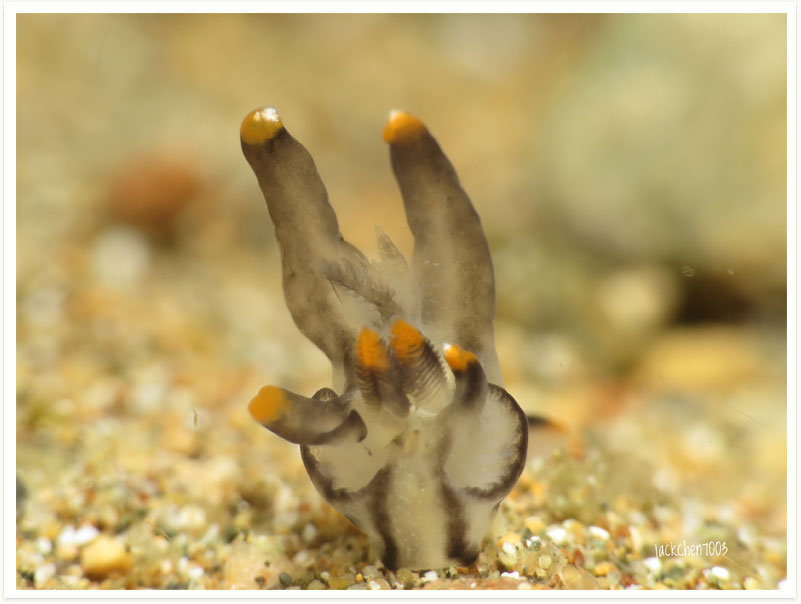
Phestilla melanobrachia is a species of sea slug, an aeolid nudibranch, a marine gastropod mollusk in the family Trinchesiidae.
There are two known colour forms of Phestilla melanobrachia, black and orange. Both of these feed on corals in the family Dendrophylliidae and have been found to be genetically identical.
Tambja morosa can swim by movement of the body. All Tambja species feeds on bryozoan (moss animals).
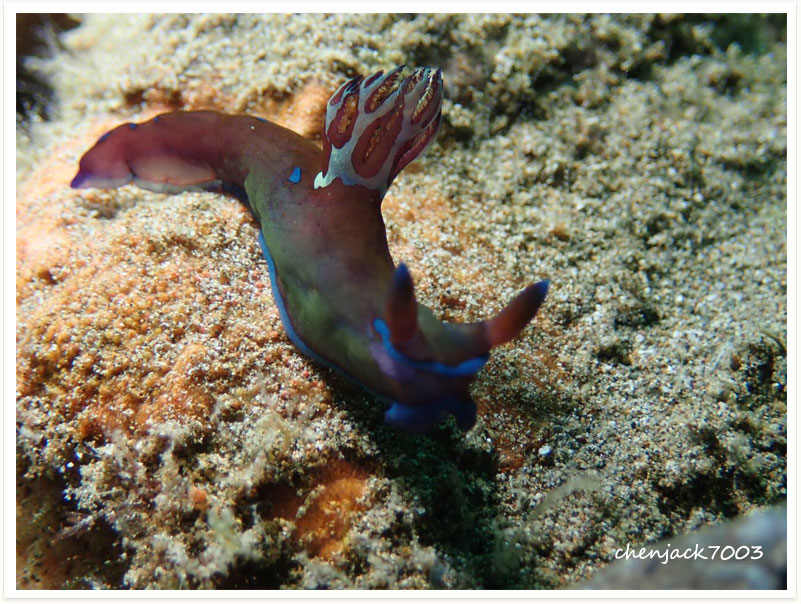
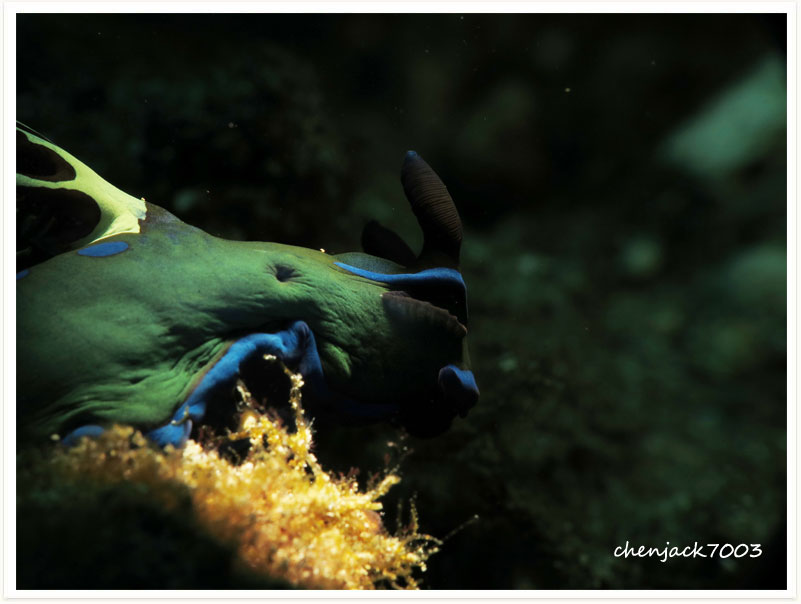
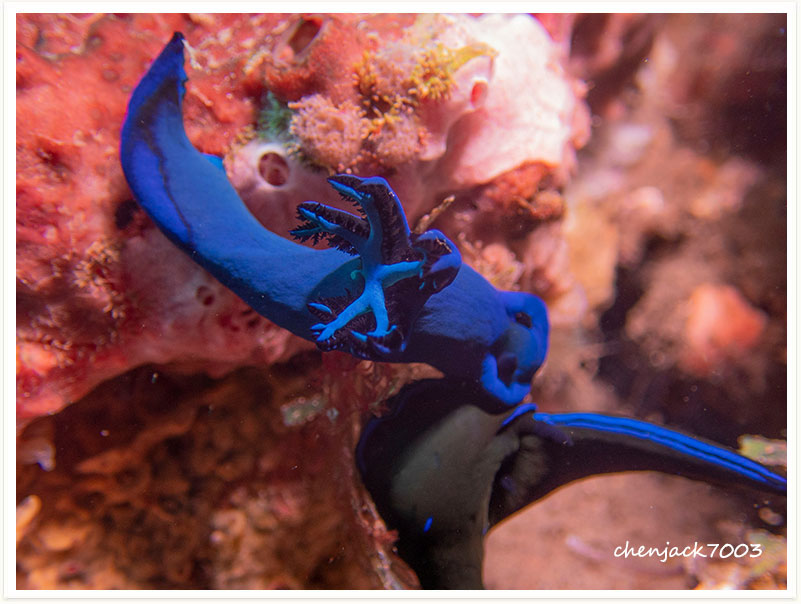
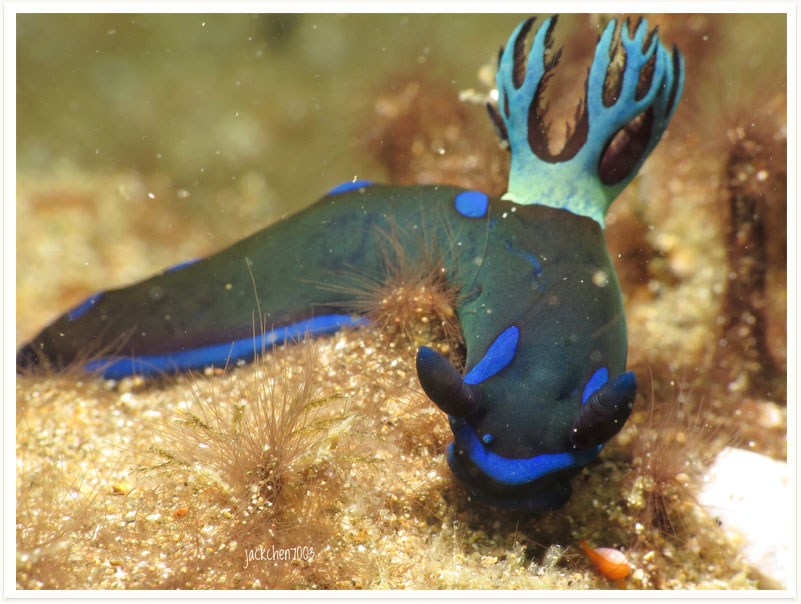
Syphonota geographica is the only species within this genus Syphonota.This sea hare differs from the other Aplysiidae genera, through the position of the rhinophores, which are further back.The body colour is whitish to green, with brown specks and a network of white lines,hence Syphonota the name ‘geographica’.Syphonota geographica lives in shallow water on sandy bottom.
Stiliger is a genus of small and minute sacoglossan or sap-sucking sea slugs. They are marine gastropod mollusks in the family Limapontiidae.
They somewhat resemble nudibranchs, but are not closely related to them. They are a rich green in color, caused by the green algae they eat.
Stiliger is a genus of small and minute sacoglossan or sap-sucking sea slugs. They are marine gastropod mollusks in the family Limapontiidae.
They somewhat resemble nudibranchs, but are not closely related to them. They are a rich green in color, caused by the green algae they eat.
Feed on algae such as Codium intricatum, Codium spongiosum und Codium edule.Better left in the sea.
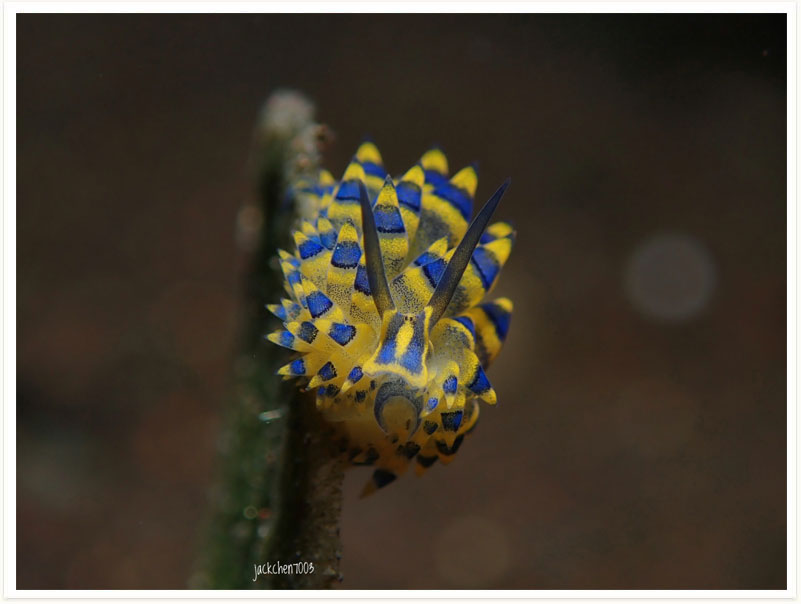
This recently described aglajid variies in dorsal coloration.Spinophallus falciphallus from the Marshall Islands to the Red Sea, is distinguished by its reddish body color, a distinct black or maroon longitudinal line on the foot.
Similar to Spinophallus coronata ( with yellow and maroon spots), Spinophallus falciphallus with lines on the foot.
This species where found in coral rubble on shallow reefs. Nothing is known about its diet.
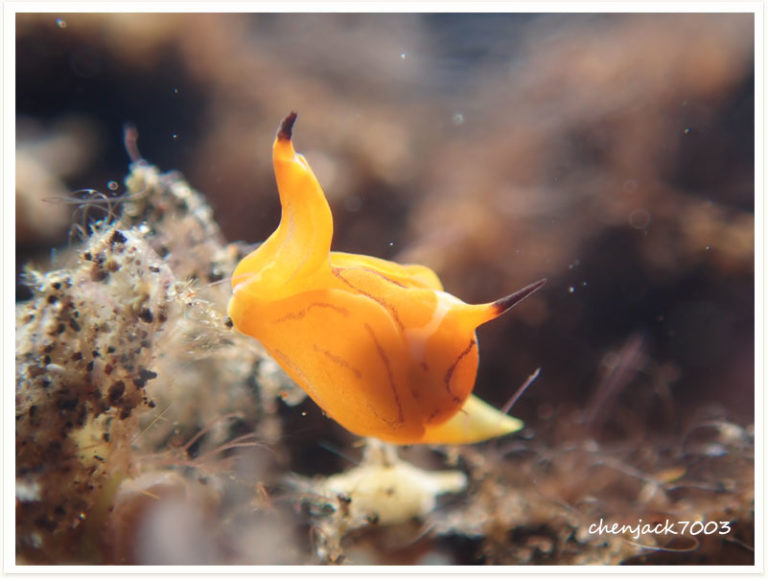
Sebadoris nubilosa is a species of sea slug, a dorid nudibranch, shell-less marine gastropod mollusks in the family Discodorididae.
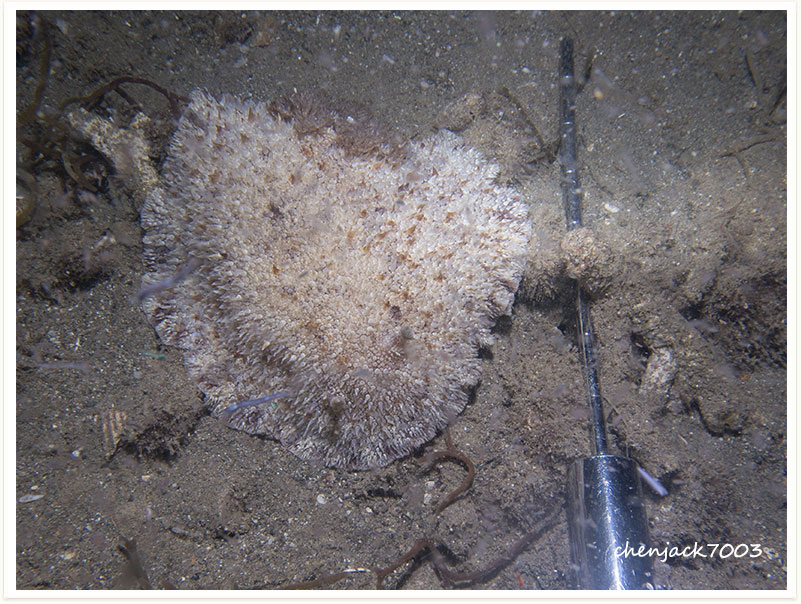
The colour is a bright red, orange or grayish brown.Sclerodoris tuberculata looks have a sponge like appearance.On the body there is an excavation which mimics a sponge oscule.Sclerodoris tuberculata is a sponge eater.
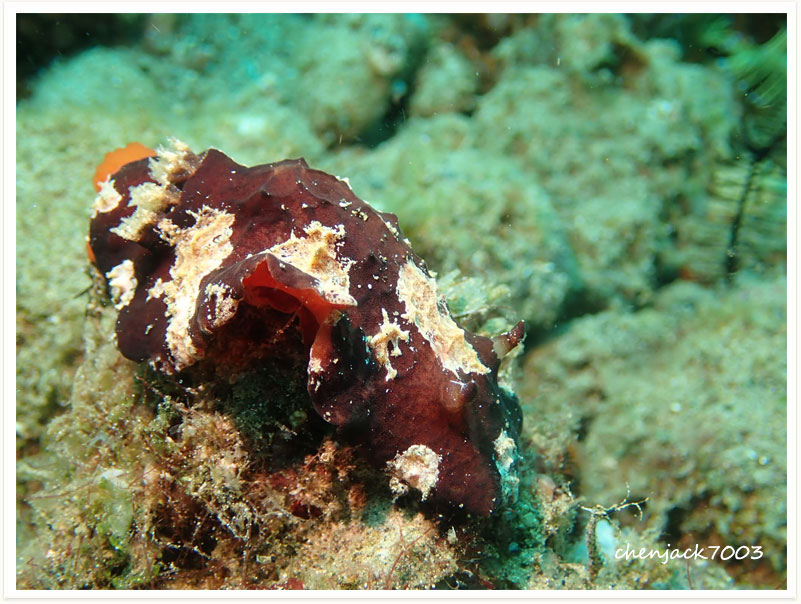
Samla riwo typically reaches a length of 20 mm when fully mature. It has a translucent white body covered with a lacy, white network of pigment. The oral tentacles are expanded at the tips into spear-like points or paddles. The bottom 2/3 of each of the cerata is translucent with pale peach-coloured digestive gland. Above this region there is a purple band around the ceras, followed by a white tip. The rhinophores have a bare, cylindrical basal region followed by a perfoliate club with 16-22 densely packed lamellae.
Habitat: Tropical reefs in the Indo-West Pacific.Feed on Eudendrium hydroids.
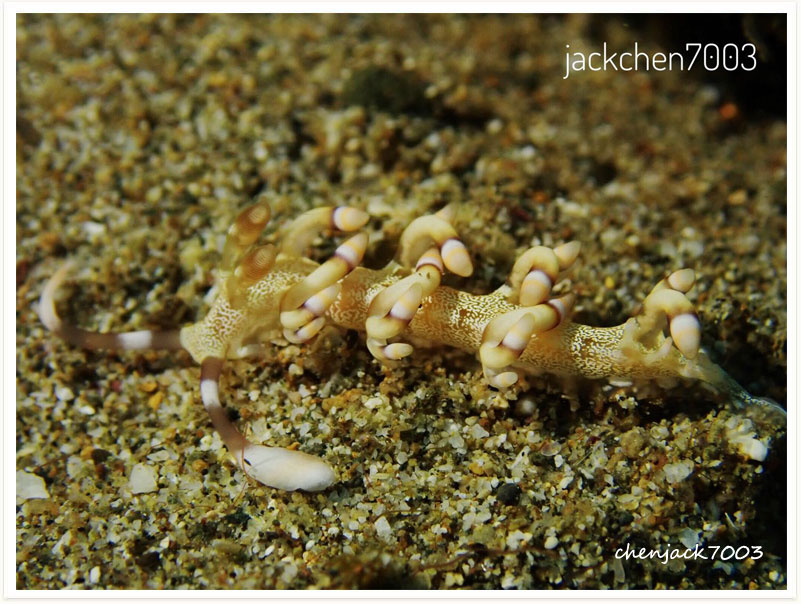
Samla bicolor can grow to a maximum length of 20 mm and has a translucent body and white tips to the oral tentacles. There is an orange band near the tip of the rhinophores and on each of the cerata. Animals from different regions show subtle differences in coloration and in the shape of the oral tentacles and may be members of a species complex.
Feed on the Sponge Dysidea cf herbacea.
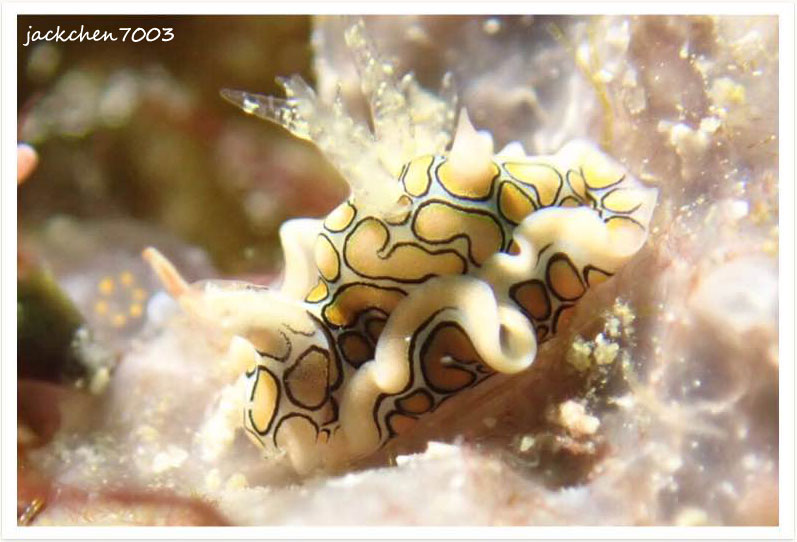
Sagaminopteron nigropunctatum is een slakkensoort uit de familie van de Gastropteridae. De wetenschappelijke naam van de soort is voor het eerst geldig gepubliceerd in 1973
door Carlson & Hoff.
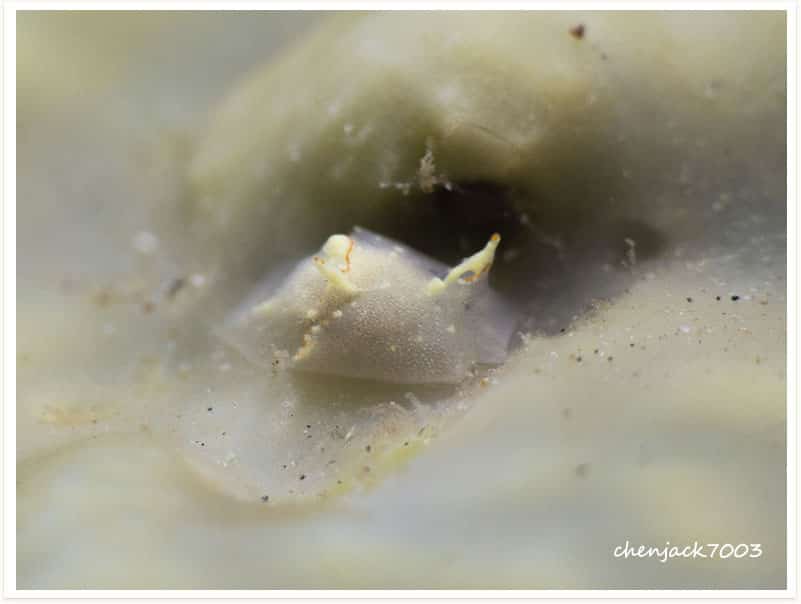
This species feeds only on sponges.
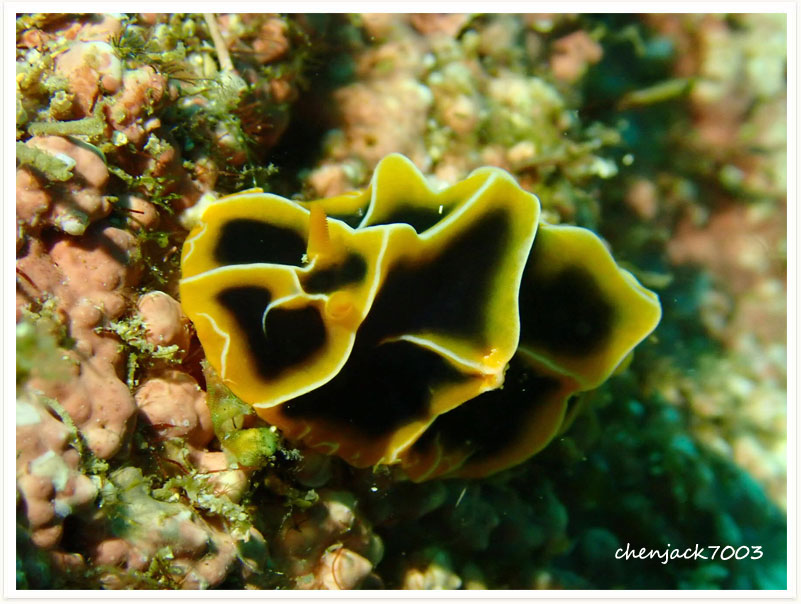
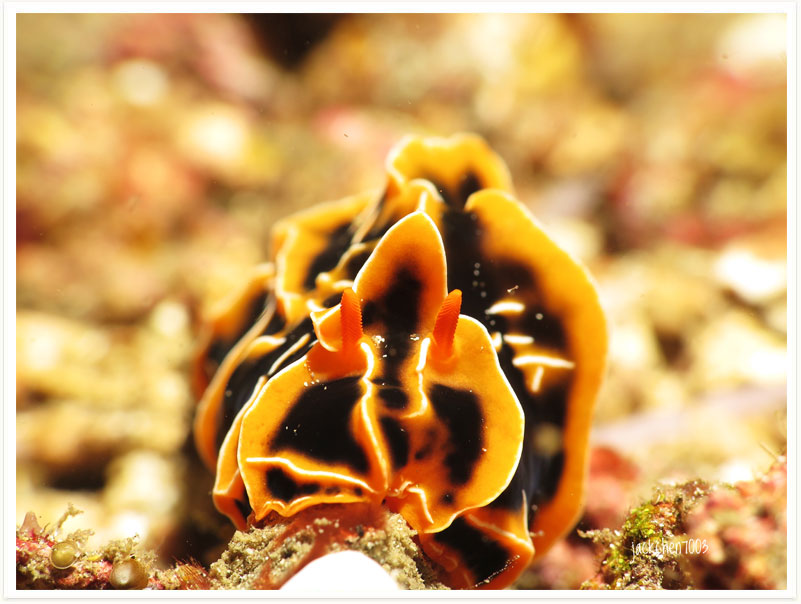
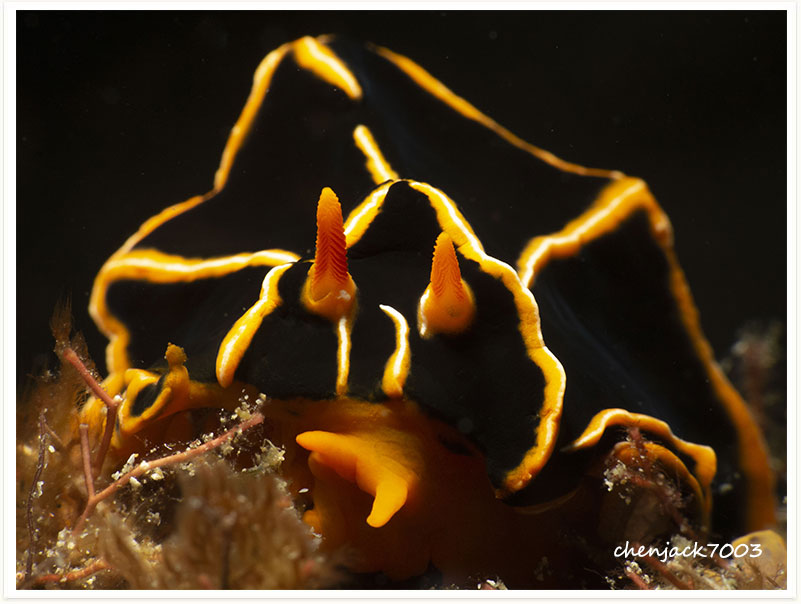
Reticulidia fungiayellow is black ,white and yellow in clolour.This species feeds on sponges.Similar is R.halgerda.
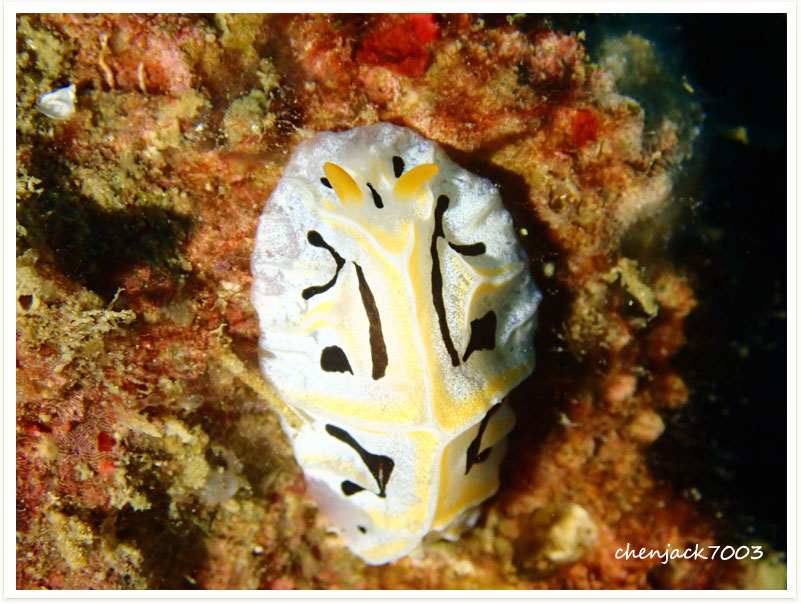
Pteraeolidia is a genus of sea slugs, aeolid nudibranchs, marine gastropod molluscs in the family Facelinidae The body color of this species is translucent tan but the cerata, which in Hawaii vary from dark purple to lavender to golden brown, give the nudibranch most of its apparent color. This is an extremely elongate species with large, curved arches of cerata along the length of the body.
Pteraeolidia ianthina, one of the most common aeolids found, is often called a “blue dragon” by Eastern Australian divers because of its close resemblance to a Chinese dragon. It is one of the most common aeolid nudibranchs found in Eastern Australia, and can inflict a painful sting to humans.
This relatively large pleurobranch is often found in quite large populations in shallow lagoons, reef crests and pools and sea grass beds. It usually grows to about 10cm long but can grow to over 30cm. This species feed on ascidians.
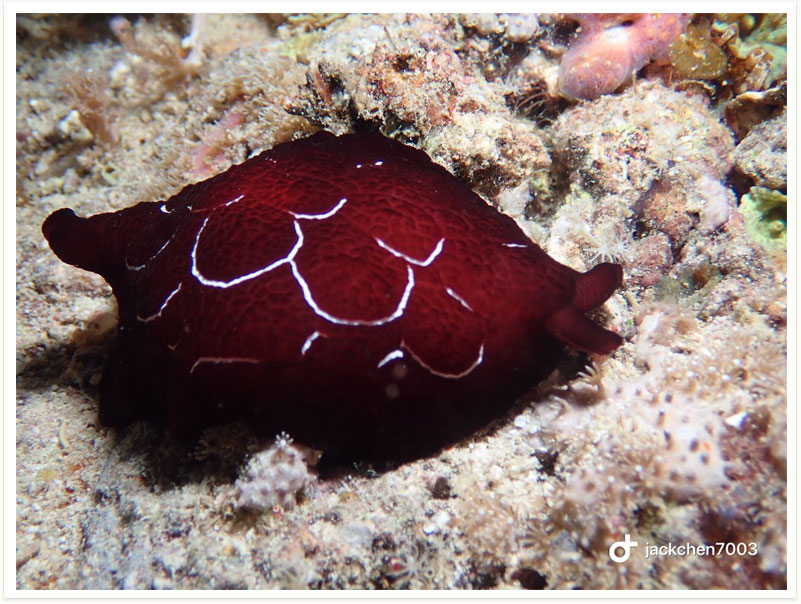
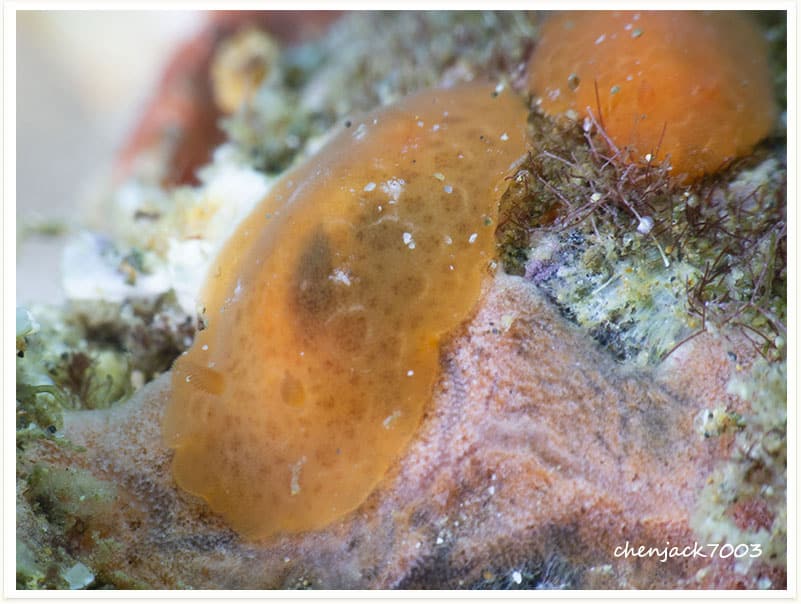
Platydoris formosa is a flat nudibranch.The body colour is yellow with unregulary and large red-orange patches.This species grows up to 18,0 cm in length. Rhinophores are yellow in colour.This flat nudibranch is nocturnal and feeds on siliceous sponges.
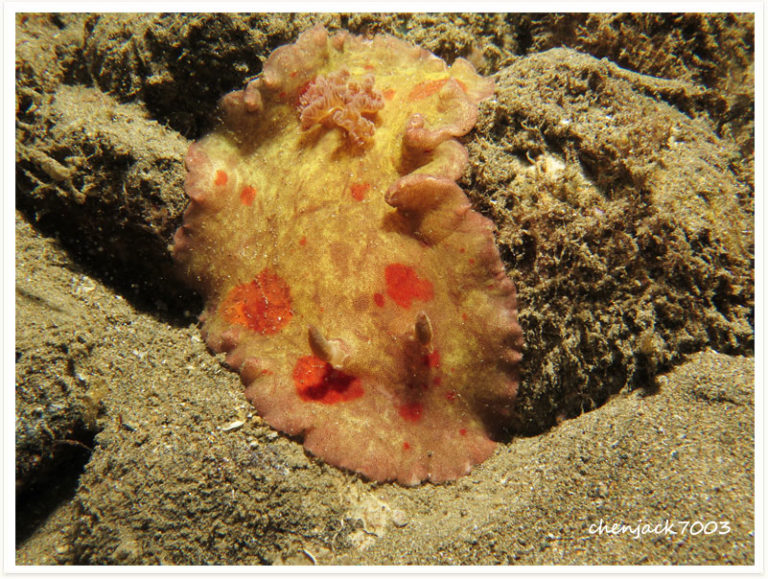
Plakobranchus is a genus of sea slugs, sacoglossans, marine opisthobranch gastropod mollusks in the family Plakobranchidae.
Plakobranchus papua is a common inhabitant of shallow coral reef pools and lagoons. It is seldom seen as it is well-camouflaged, half buried in the coral sand. Although to my knowledge it has never been studied by algal physiologists, it deserves their attention.
Sea slug genus Phyllodesmium are predatory sea slugs and feeding on octocorals.They are perfect mimics octocorals.
Phyllodesmium tuberculatum is a “solar-powered sea slug” (use the zooxanthellae of their prey).
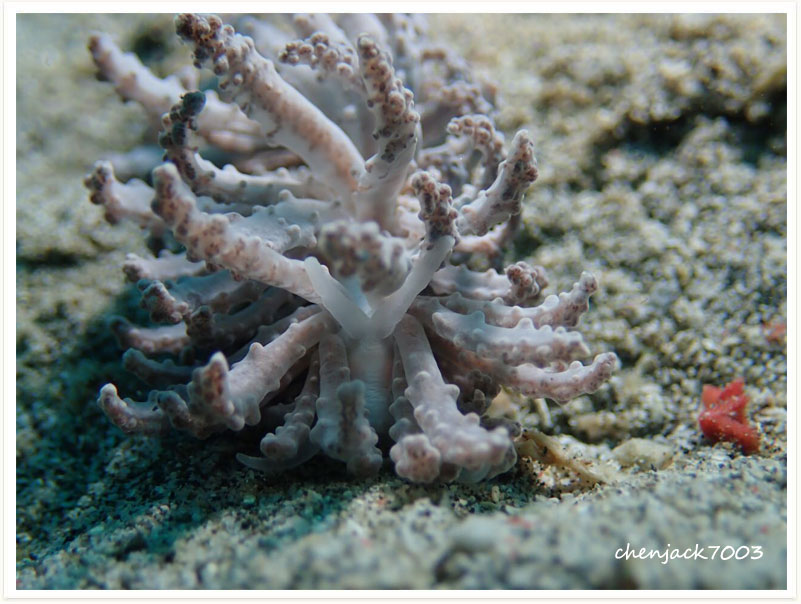
On the translucetn body is a series of white marks down the midline. The cerata are bluish near the end.Rhinophores and oral tentacles with white or cream yellow tips.
Phyllodesmium opalescens does not have a zooxanthellae symbiosis. Phyllodesmium opalescens feeds on some unknown food. It does not sequester zooxanthellae.
unknow
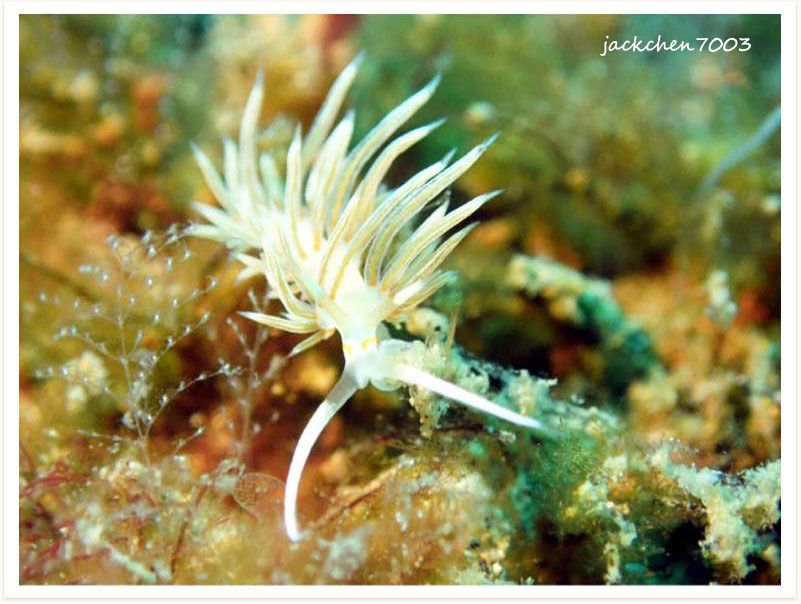
Phyllodesmium lembehense is a species of sea slug, an aeolid nudibranch, a marine gastropod mollusc in the family Facelinidae.

Xenia is the preferred food of Phyllodesmium crypticum.
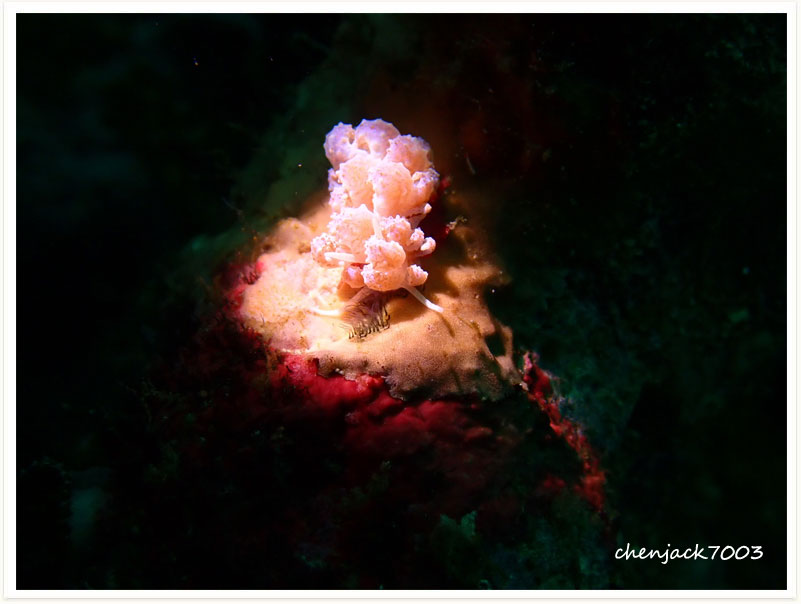
Phyllodesmium colemani uses camouflage and hides amongst the polyps of Tubipora musica on which it feeds. The length of the slug is 18 mm. This species contains zooxanthellae which are stored in aggregations of terminal chambers all over the ceratal wall.
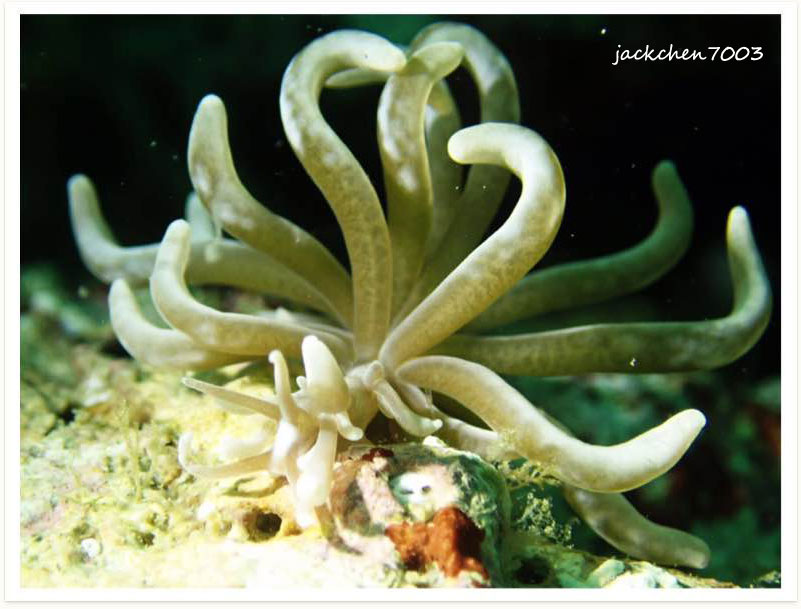
Species of the genus Phyllodesmium are predators,carnivorous and feeds on octocorals.
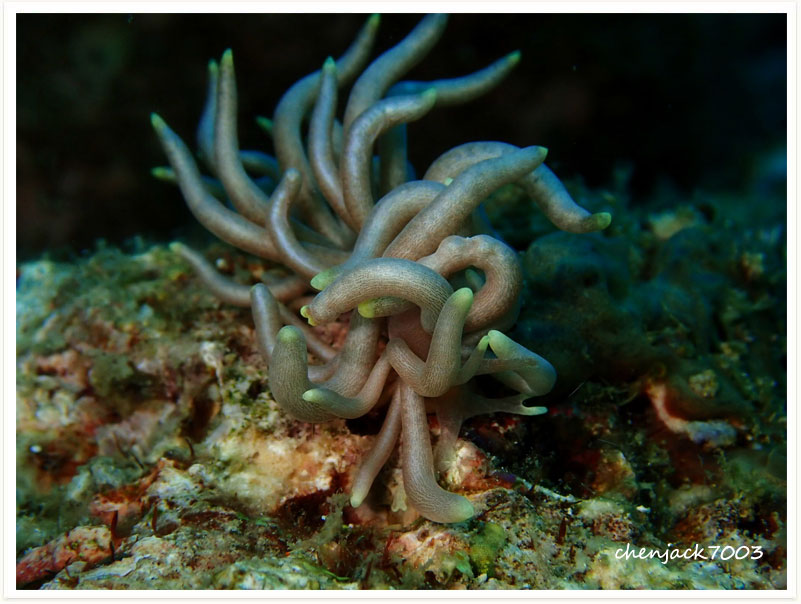
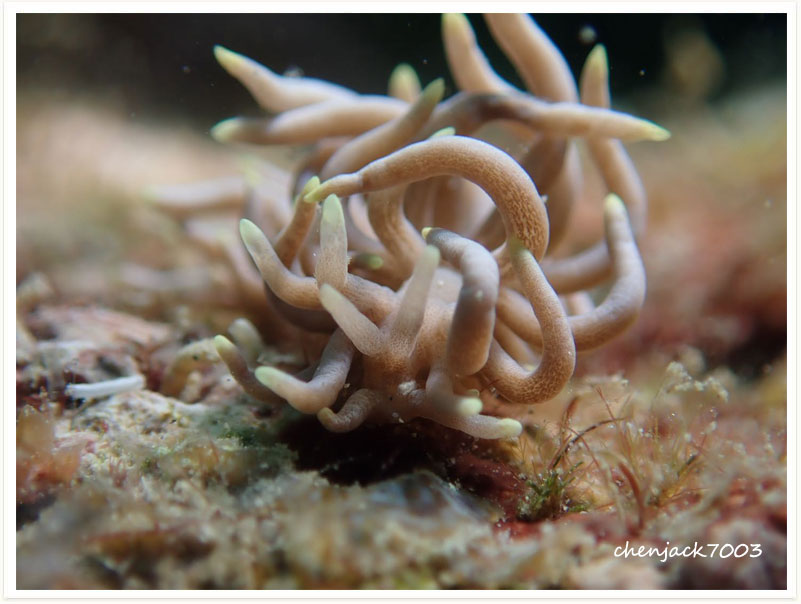
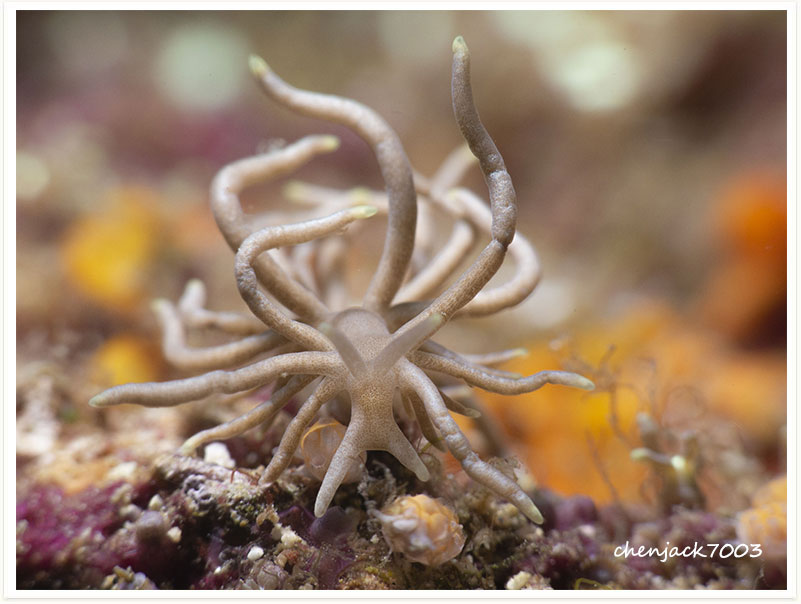
The body is a granular blue-grey with black longitunal stripes.Rhinophores are black. Phyllidiopsis annae can found to depth about 15 meters.This species feeds on sponges.
Very similar are Phyllidiopsis striata and Phyllidiopsis sphingis (differ in body colour and the colour of the rhinophores).
Although this nudibranch changes appearance as it grows, three median clusters of (usually) pink tubercles remain the same, except that they are amalgamated in juveniles and separated in large animals. These tubercles can range in color from pink to green to white. The intensity of the pink coloration and green-grey tones may possibly be related to diet, and the length of time since last feeding. Other distinguishing features are the pale pink edge of the mantle, the broad, triangular, black tipped oral tentacles and the rhinophoral clavus possessing 22 to 26 lamellae (in specimens greater than 35 mm).
This nudibranch has a black dorsum with tall white-capped tubercles with pink or grey bases. These tubercles are in groups of 2-4 on the middle of the back, with smaller, single tubercles towards the edge of the mantle. The rhinophores are black.
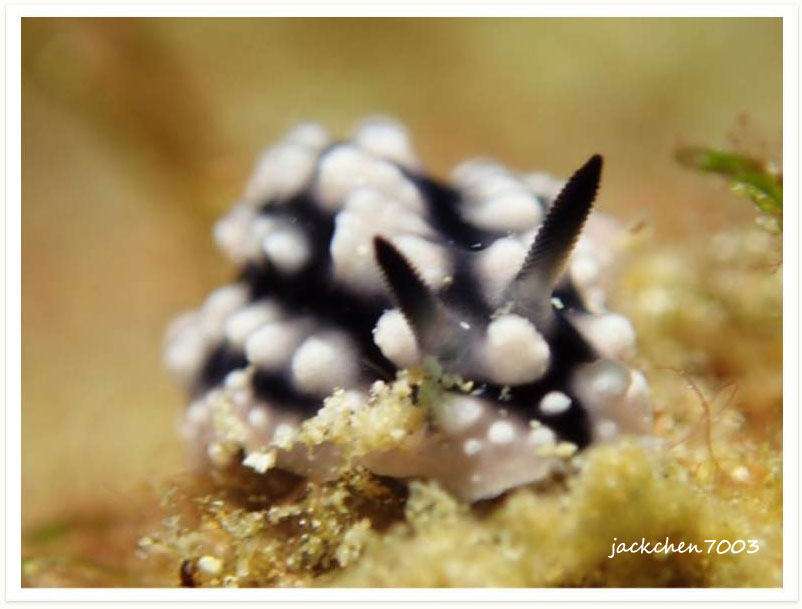
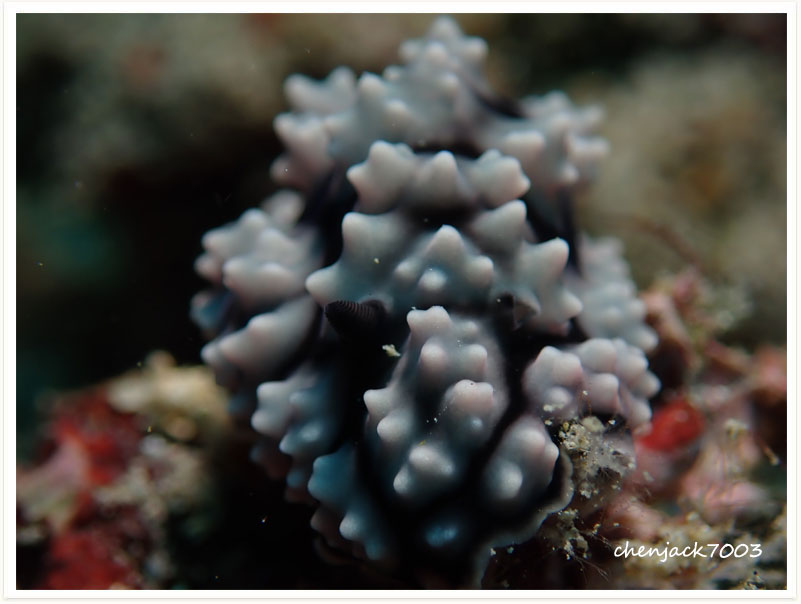
This animal can measure up to 35 mm in length. It has been confused with Phyllidia japonica, Phyllidia multituberculata and Phyllidia undula and a number of other species by most workers.This nudibranch has an orange-brown dorsum interrupted by large white or grey, compound, stalked tubercles. These tubercles are distributed along a line from between the rhinophores to the tail, with more scattered and mostly smaller tubercles towards the mantle edge. There are four black rings surrounding tubercles which are placed symmetrically in the middle region of the back. Large individuals may have two more black patches towards the tail, or two more tubercles surrounded by black rings. A single tubercle in front of the rhinophores is also surrounded by a black ring. The rhinophores are orange-yellow.
Phyllidia elegans is characterized by the pale bluish granular background colour and black swirls on the mantle, and by yellowish-orange spots.
Phyllidia elegans is known from Indonesia, Malaysia, Thailand, the Andaman Sea, Myanmar, the Red Sea, the Mariana Islands, north Sulawesi, Vanuatu and Papua New Guinea.
Phyllidia coelestis occours in the Indo-West Pacific, the South China Sea and the Indian Ocean to South Africa.This species can be found in lagoons and reefs up to 30 m depth.Its diurnal.Celestial Phyllidia feeds on sponges.
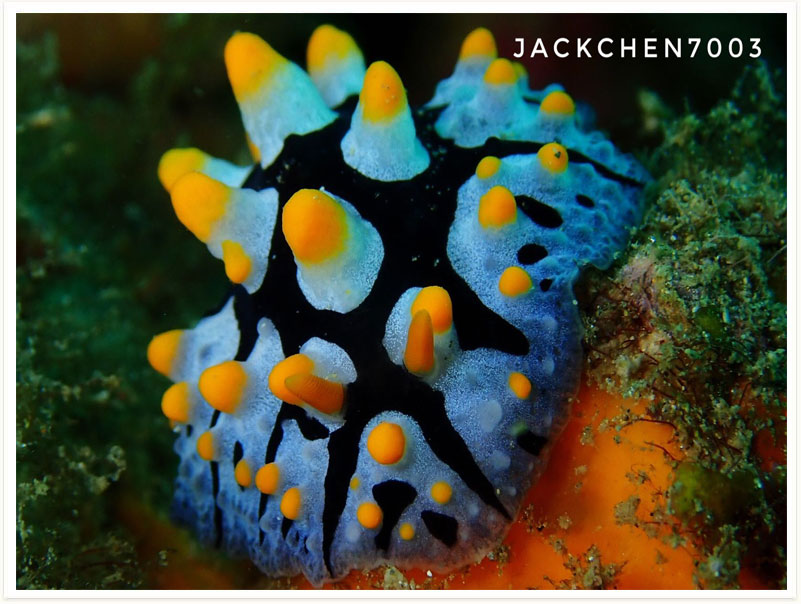
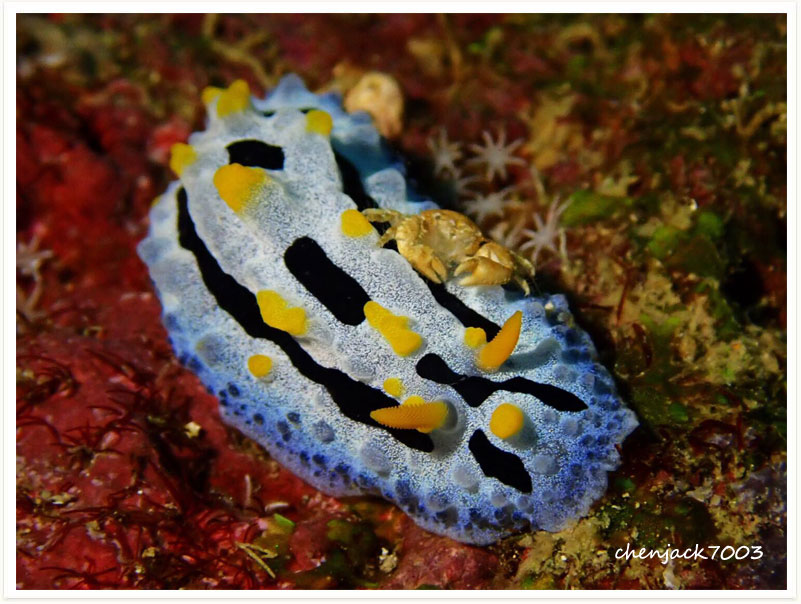
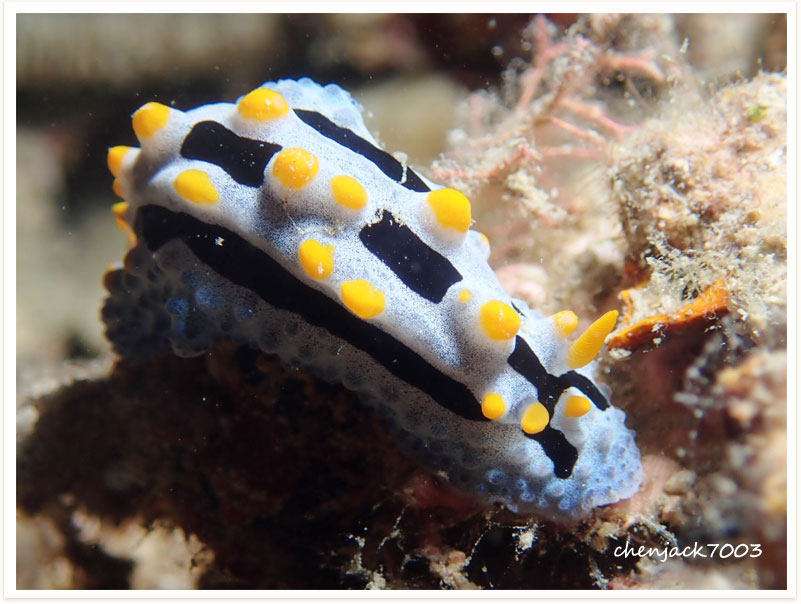
The backround colur is a cream to light yellow or a pale white, with yellow tubercles in the mittle of the mantle.Rhinophores are yellow.
This species feeds on the yellow sponge Acanthella stipata.
Very similar species are Phyllidia willani and Phyllidia exquisita
This body colour is high variable.This nudibranch is yellow,dark purple, blue, pink, brown or black. Phestilla melanobrachia feeds on Tubastraea-corals, sponges or moss animals (bryozoans).
.jpg)
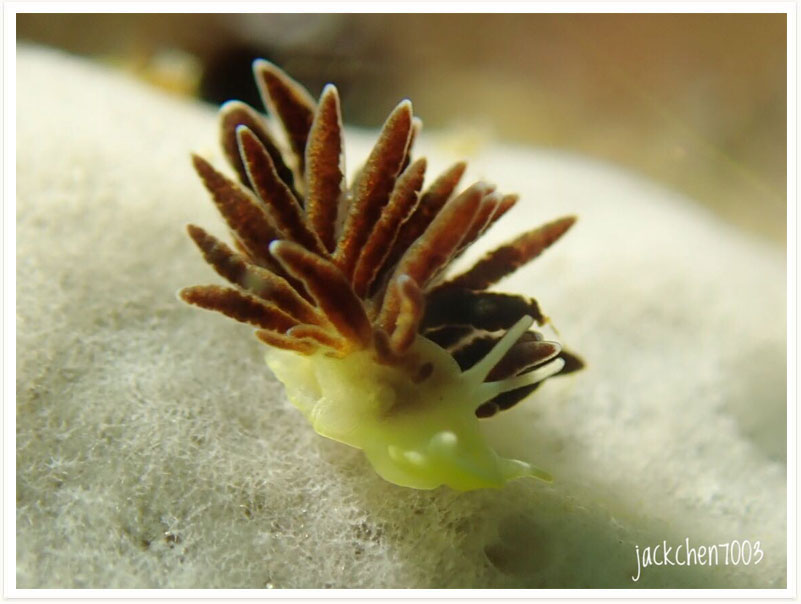
Paradoris sp. have a white or yellow body with red-brown stripes and rhinophores.
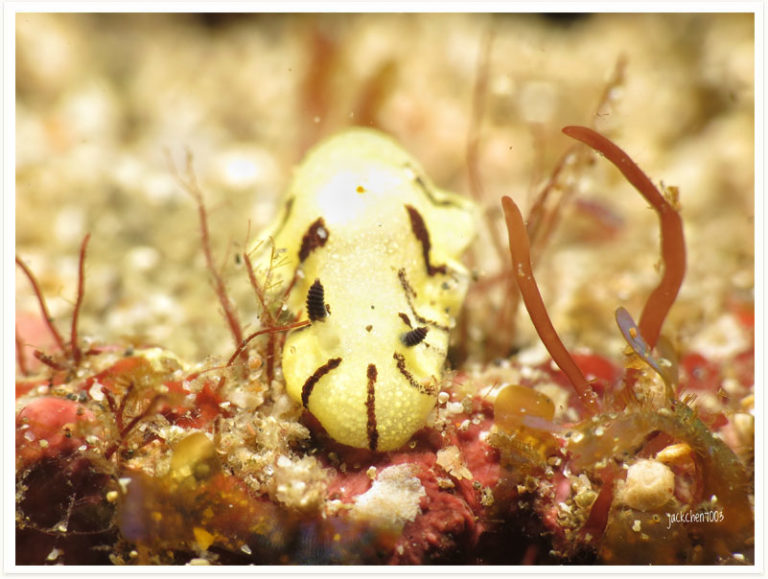
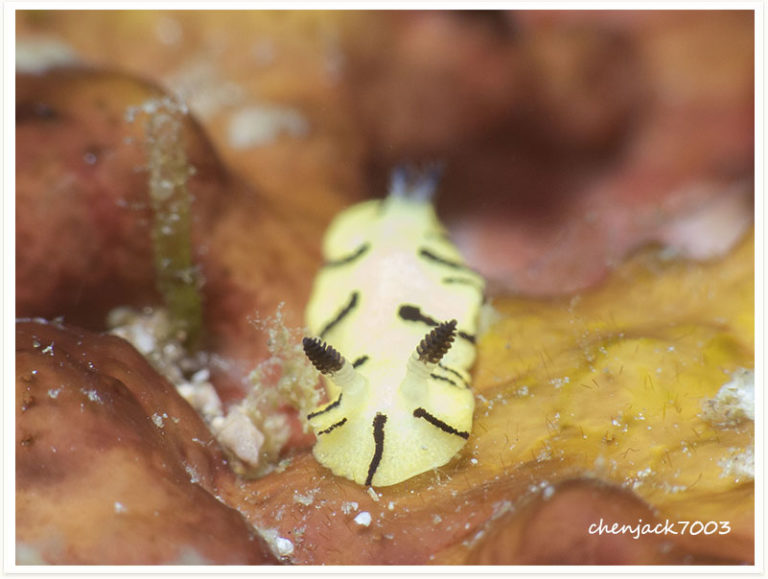
The body is pink with a network of broad black lines and opaque white tubercles.
Paradoris liturata mimic perfectly phyllidiid sea slugs Phyllidiella pustulosa).It is difficulty to identifiy as Paradoris liturata,its only for experts.Paradoris liturata can retract its gills to mimic to P. pustulosa.
Oxynoe viridis can be variable in body colour,from greenish,green or dark green to greenish-yellow with large and small blue spots.This nudibranch is feeding on a variety of species of Caulerpa algae. Oxynoe viridis can produce a sticky white secretion when attacked and/or can break off a part of their foot to distract the attacker. A new tail grows back.
Notobryon wardi feeds on hydroids.
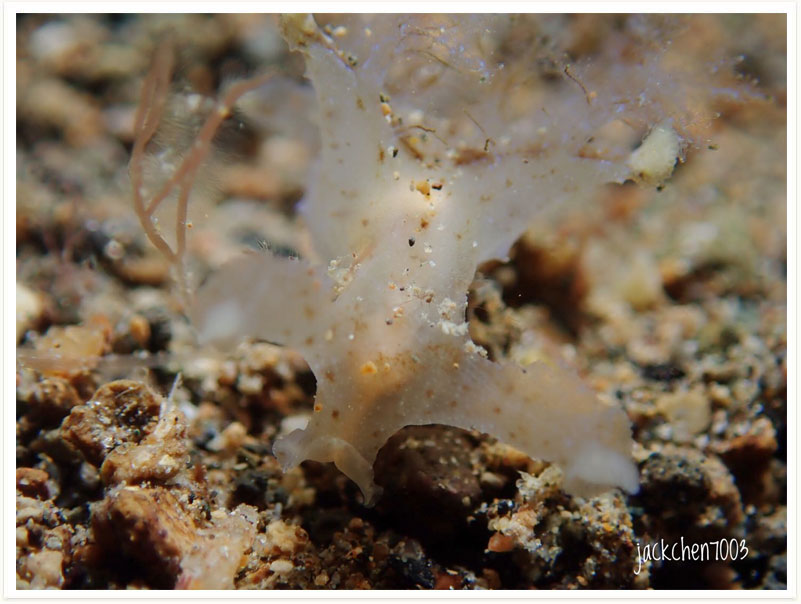
Nembrotha milleri have a grey-green to dark green body.It lives and feeds on the green-ringed ascidian Sigillina signifera.

Nembrotha lineolata grows to a length of about 70 millimetres (2.8 in). The body is slender with a rounded head at one end and a pointed tip to the foot at the other. The exterior of the body is covered with longitudinal wrinkles and there is no sharp demarcation between the dorsal surface and the lateral surfaces. The oral tentacles are thick and long and the large conical rhinophores bear about thirty lamellae and can be retracted. The three large pinnate branchial plumes on the dorsal surface are non-retractile and the anus is located between them. The colouring of this nudibranch is variable across the animal’s range. The body colour is creamy-white with narrow longitudinal lines, some broken, in varying shades of brown. Sometimes these lines merge in places giving transverse bands of colour. There is a blue or purple stripe running round the margin of the foot and often a yellow one as well. The oral tentacles are blue or purple with a yellow band and the rhinophores are red (sometimes yellow in the Comoros Islands) with blue or purple sheaths.
The variable neon slug feeds on ascidians and has been observed feeding on the green-ringed ascidian, Sigillina signifera
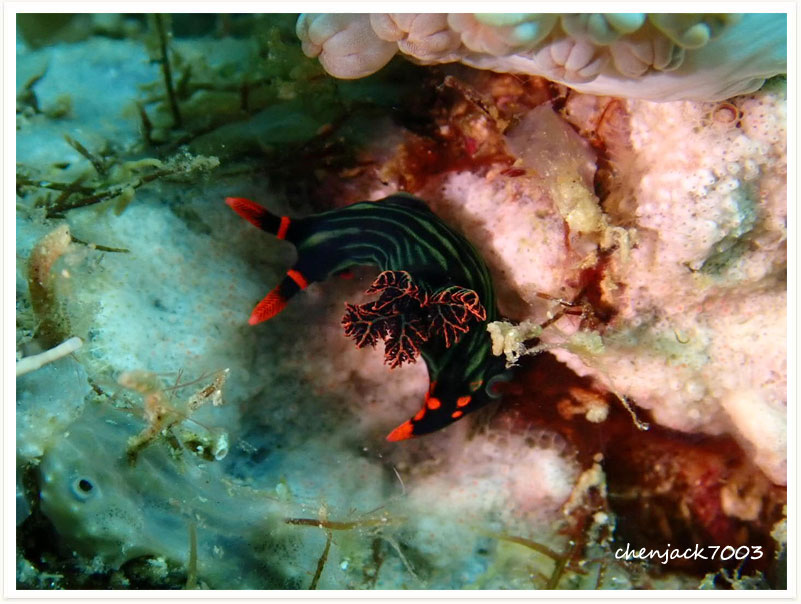
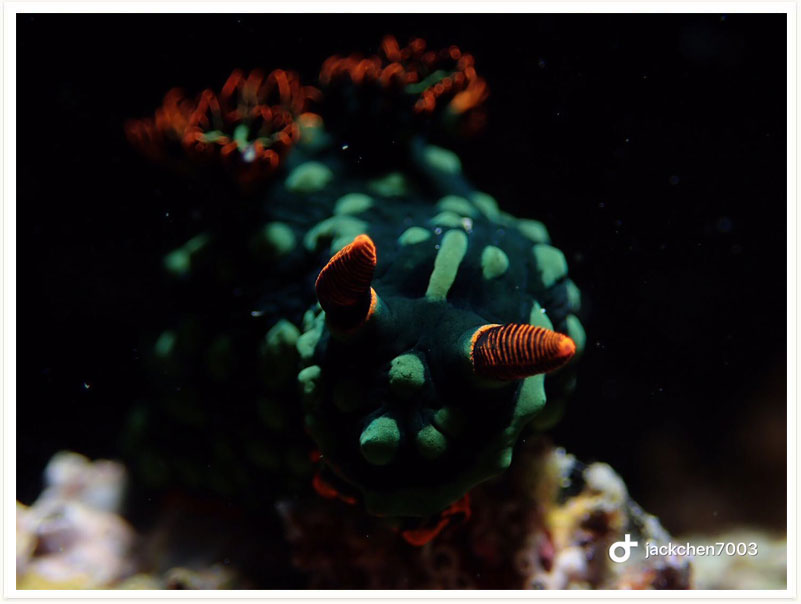
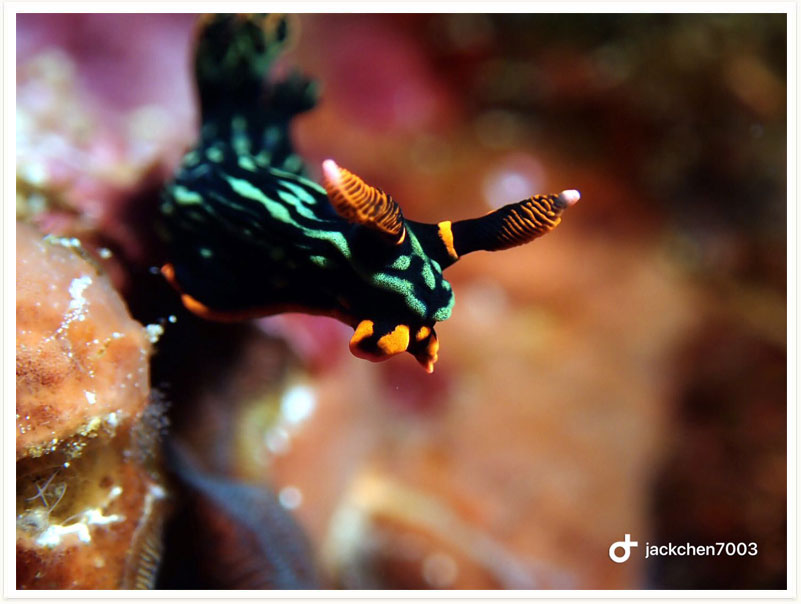
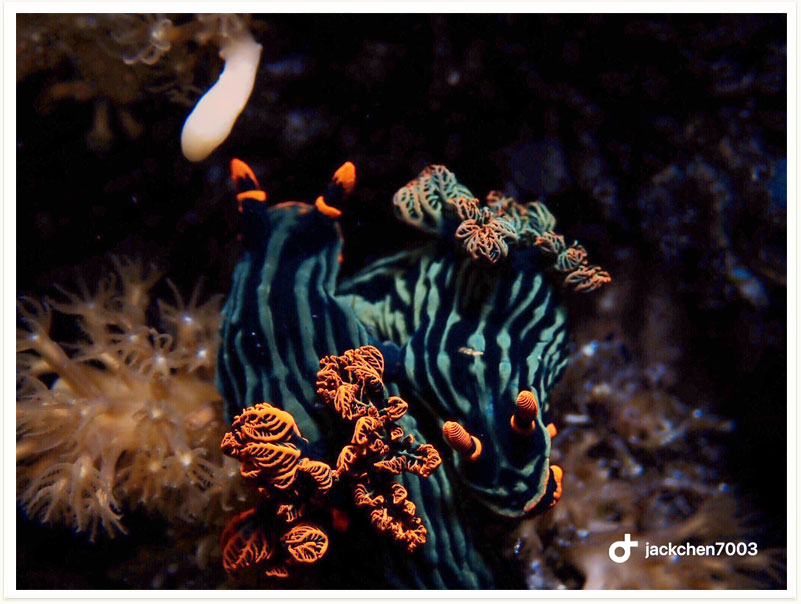
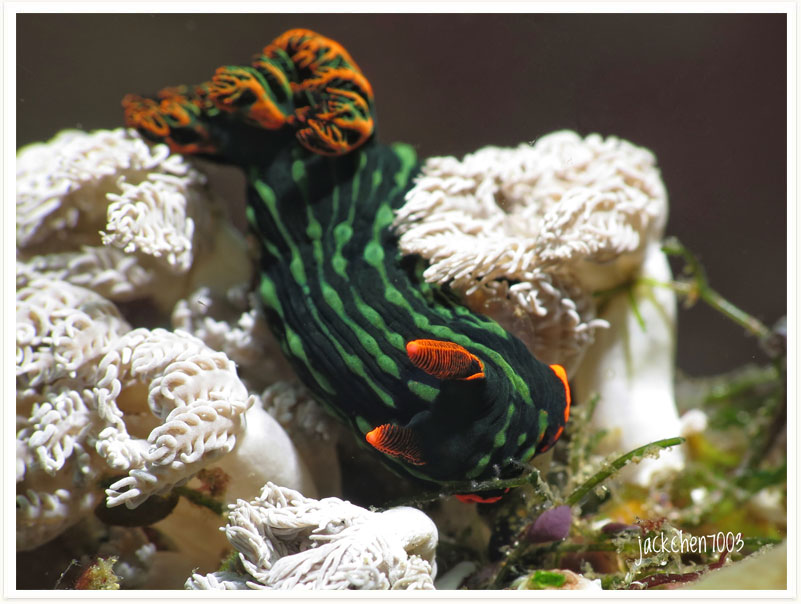
It feeds on a green compound ascidian.
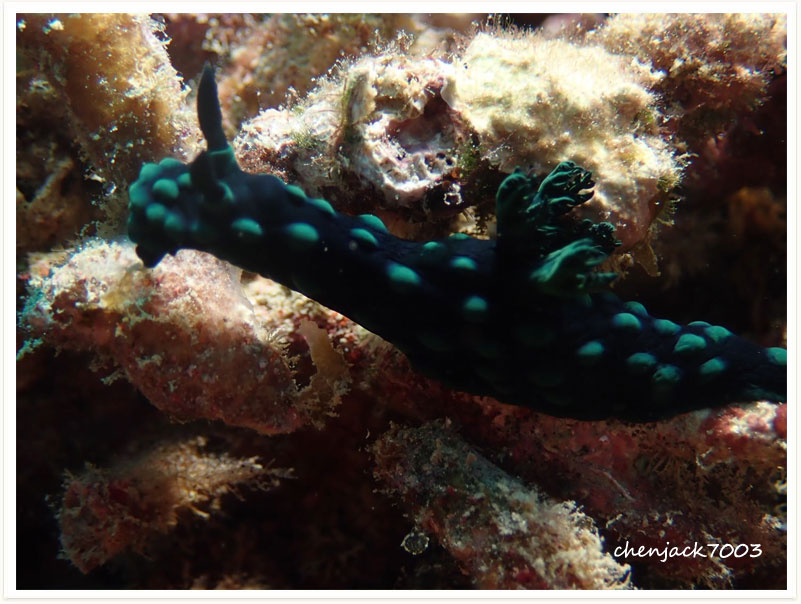
Nembrotha chamberlaini is white with streaks of orange, yellow, green, or black and occasionally yellow splashed across the upper mantle. It has very distinctive bright red gills and rhinophores. The foot and mouth parts are typically light-purple. This nudibranch has a very characteristic color pattern which is typical of species that display warning coloration to other species.
Miamira sinuata is a colorful sea slug.Its highly variable in color, from green, yellow, gray, pink to brown, with yellow to pink spots, blue lines, which then form a reticular pattern.This species only feeds on sponges.
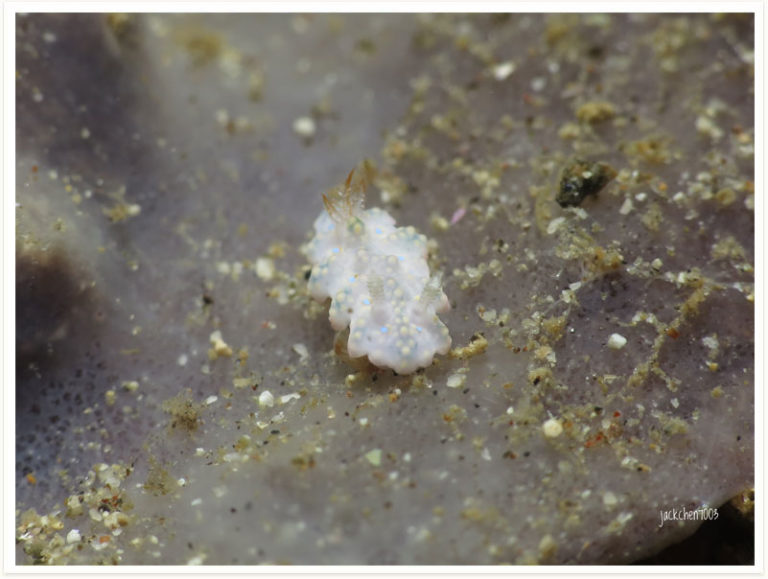
Formerly better known as Ceratosoma miamiranum,the name is changed to Miamira miamirana.
Miamira miamirana is very variable in colour .The body colour can be a dark greenish-brown or reddish brown, or other variants.It has a relatively hard mantle with tubercles.Miamira miamirana lives on hard or sandy bottom.It is very well camouflaged and difficult to detect.
Miamira alleni looks like a xeniid soft coral. It is very well camouflaged.This nudibranch probably feeds on sponges, like other Miamira species.Miamira alleni lives in shallow water and reefs.
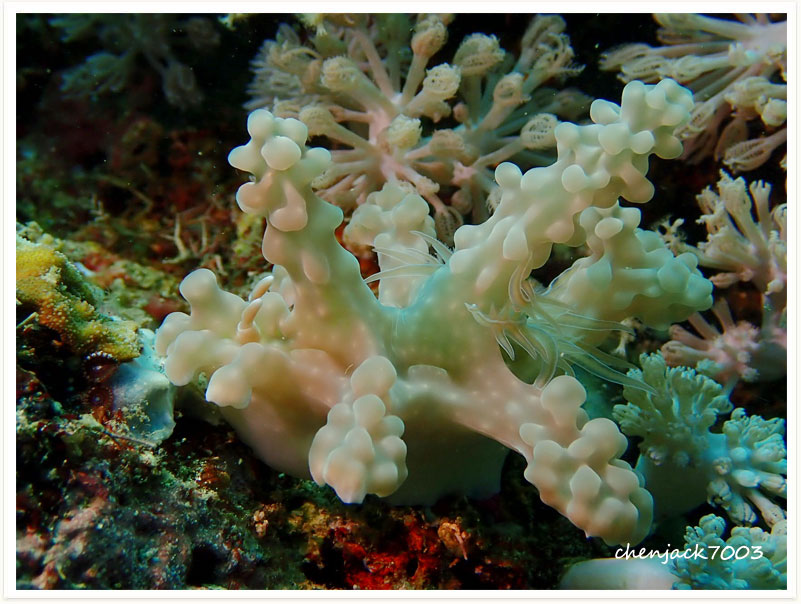
Mexichromis trilineata usually ranges from 7 mm to 15 mm in length, with an elongate to broadly oval body shape. The tail extends slightly beyond the posterior margin. Mexichromis trilineata have three yellow longitudinal bands outlined in white, with the entire mantle edged with a fine white line. They have a few patches of yellow edged with white around the mantle edge, and the defensive mantle glands, arranged around the edge in roughly two series, are visible as pale pink patches. The gills and rhinophores are typically violet at their bases and then translucent white with red markings.
The back ground colour is white.Tubercles,Rhinophres and gills are purple tiped.The mantle margin is purple or orange in colour. Mexichromis multituberculata feeds exclusively on sponges.
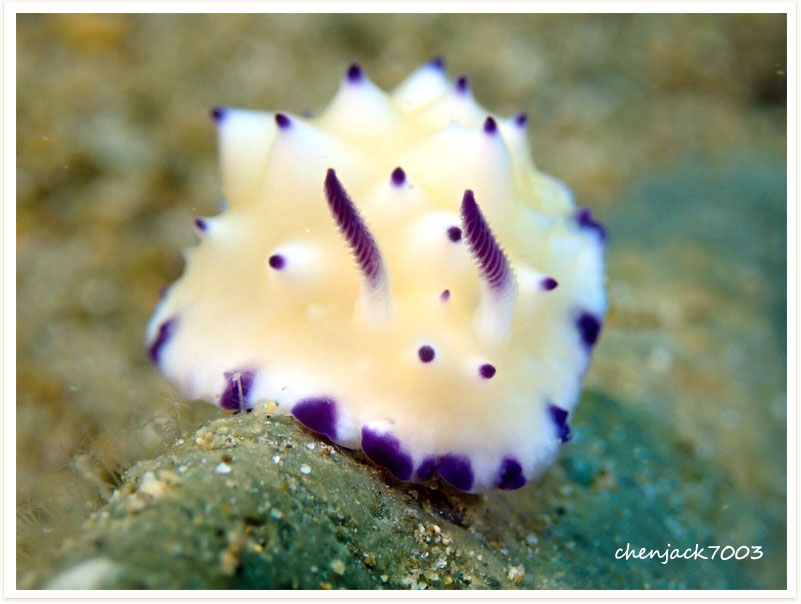
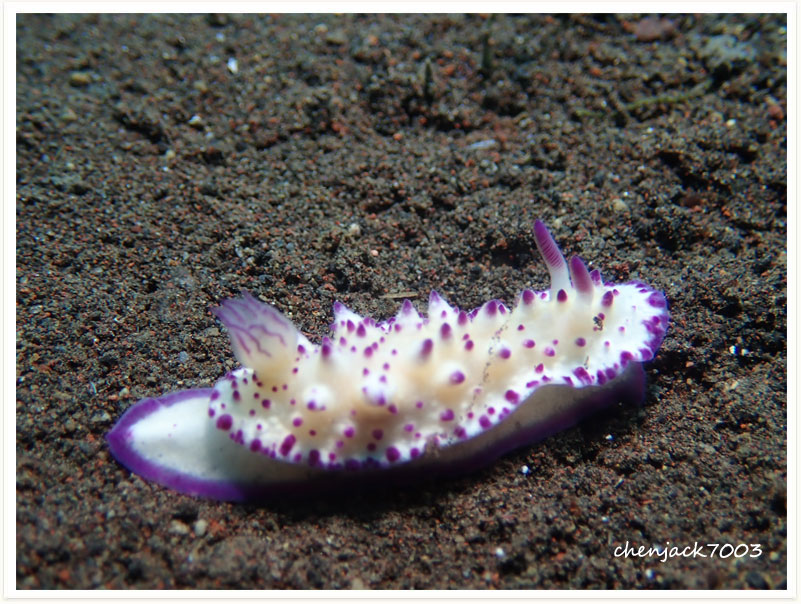
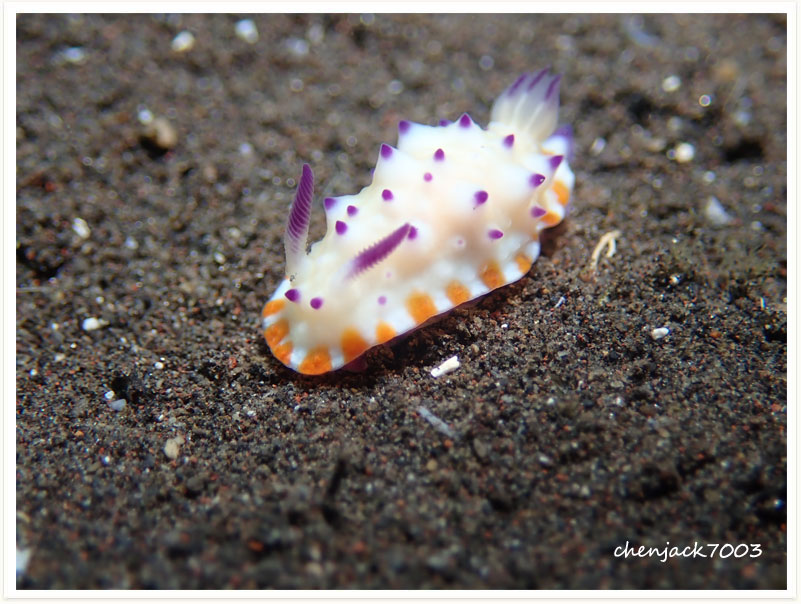
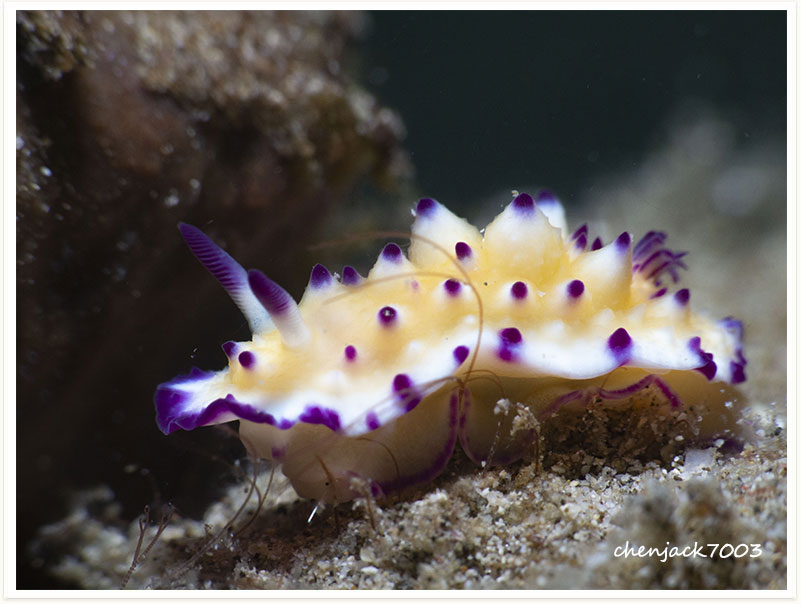
This species lives in sea grass beds.It is very well camouflaged with their characteristic green color and their appearance. With an net-like oral veil it routs out crustaceans, which Melibe eats.Melibe viridis can grow to over 12,0 cm in length.
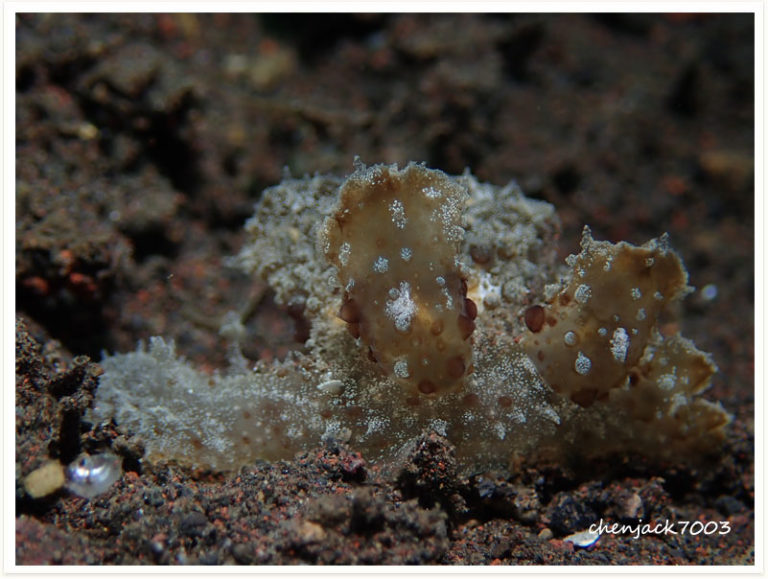
Melibe engeli was only known from New Caledonia, but actually the distribution is much wider in Indo-Pacific.
The body is transparent with cylindrical cerata.Brown zooxanthellae scattered on the body.
Species of the genus Melibe have a large expandable oral hood which is fringed with sensory tentacles and used to catch small crustacea and shrimps.Melibe nudibranch have no radula, their prey killed by digestive juices.
Melibe is a genus of sea slugs, nudibranchs, marine gastropod mollusks in the family Tethydidae. Most nudibranchs are carnivores, but their prey is usually sessile or slow-moving animals such as sponges or bryozoans. In contrast, Melibe is an active predator which traps fast-moving free-swimming animals such as small crustaceans, using its extendable oral hood.
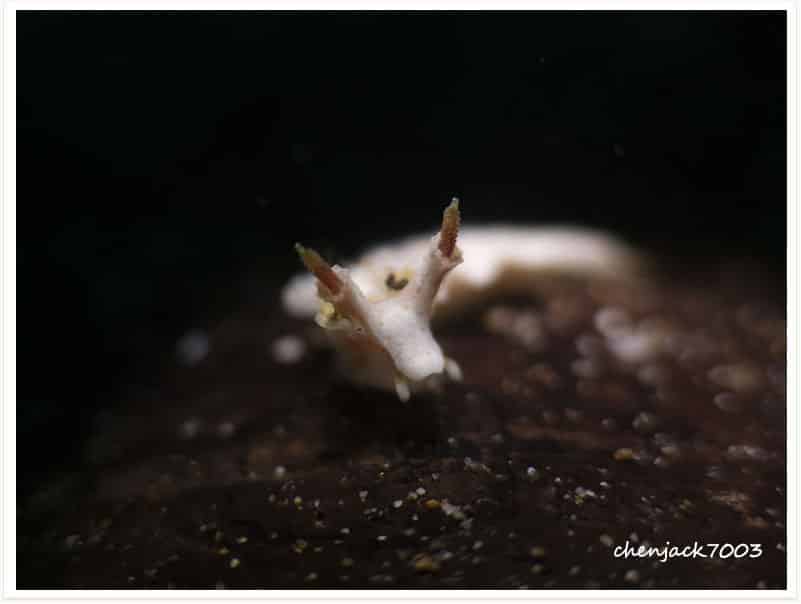
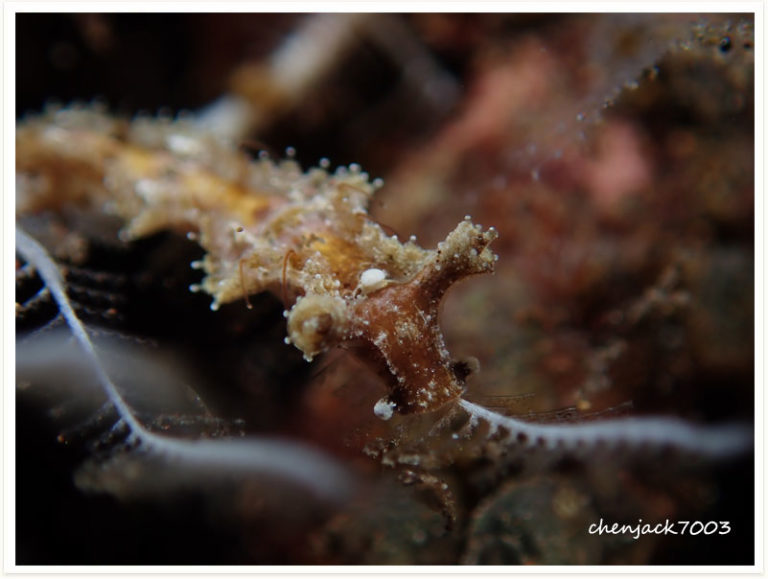
Lobiger viridis is a species of small sea snail, a marine gastropod mollusk in the family Oxynoidae.
This small sea snail has camouflage coloration, but when it is under attack it display bright colors to frightening off a predator.
The type locality for this species is Huahine
Jorunna funebris, common name the dotted nudibranch, is a large species of sea slug, a dorid nudibranch, a shell-less marinegastropodmollusc in the family Discodorididae.
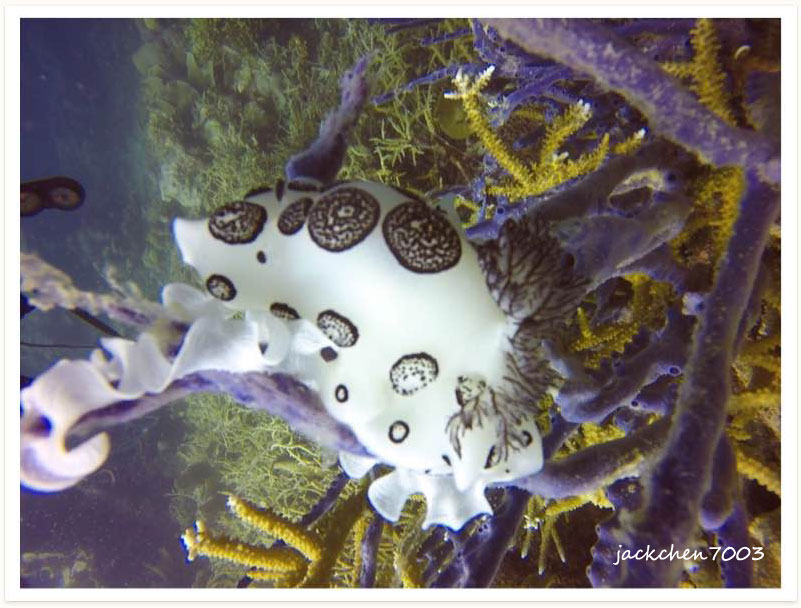
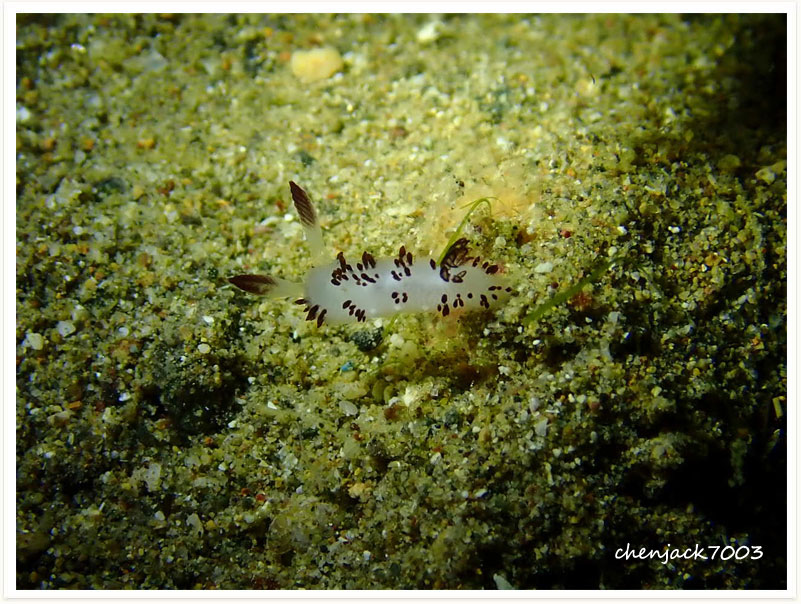
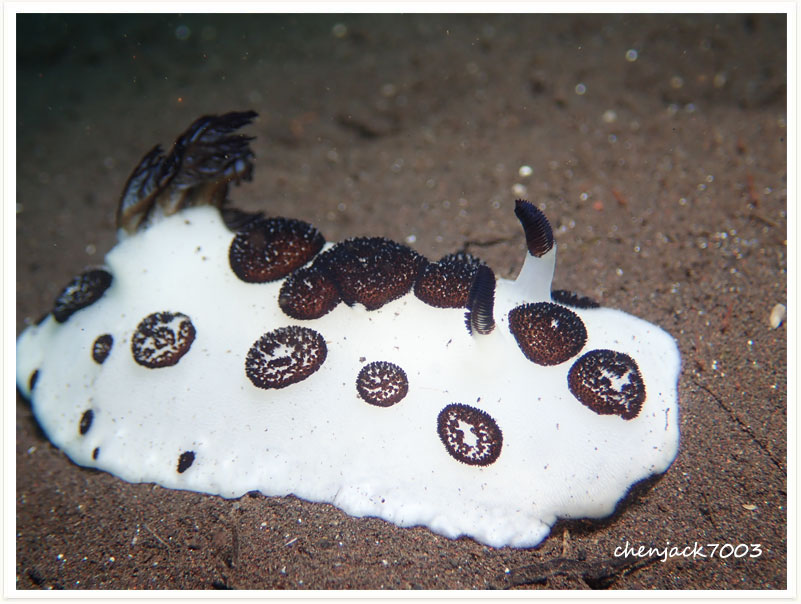
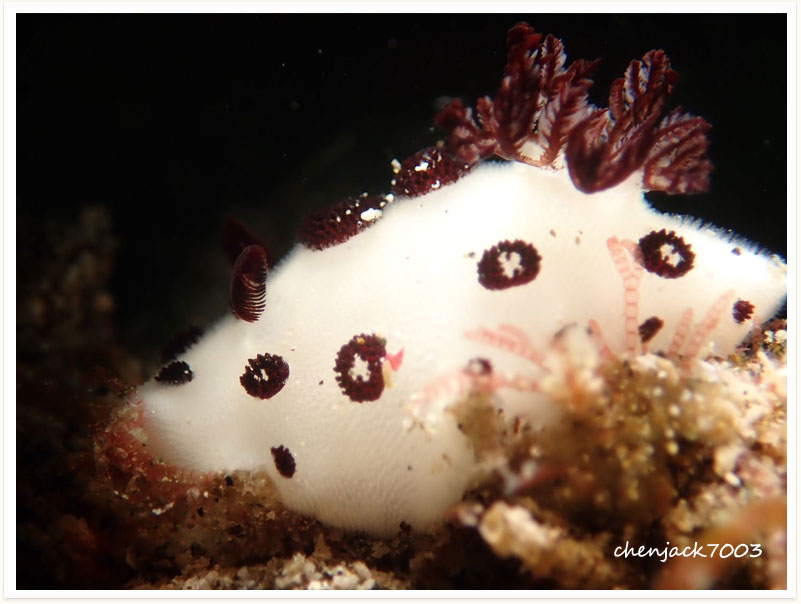
Jorunna alisonae is a species of sea slug, a dorid nudibranch, a shell-less marine gastropod mollusc in the family Discodorididae.
This species was described from Hawaii. Previously identified with the European Jorunna tomentosa.
Jorunna alisonae is a common species usually found in the intertidal zone or shallow depths at protected to moderately exposed rocky sites. It feeds on the violet-brown sponge Haliclona permollis.
Janolus savinkini, common name purple-tipped janolus, is a colorful sea slug, an arminina (a suborder of Janolus) nudibranch, a marine gastropod mollusc in the family Proctonotidae.The body and caruncle of this species are yellow with a hue of light orange. The papillae and cerata are also this colour except for the tips, which are blue/purple, hence the common name. It is found in East Asian waters and is believed to be extremely rare in Okinawa.
It is found in the Western and Central Pacific Ocean. Hypselodoris zephyra feeds on blue sponges from the genus Dysidea
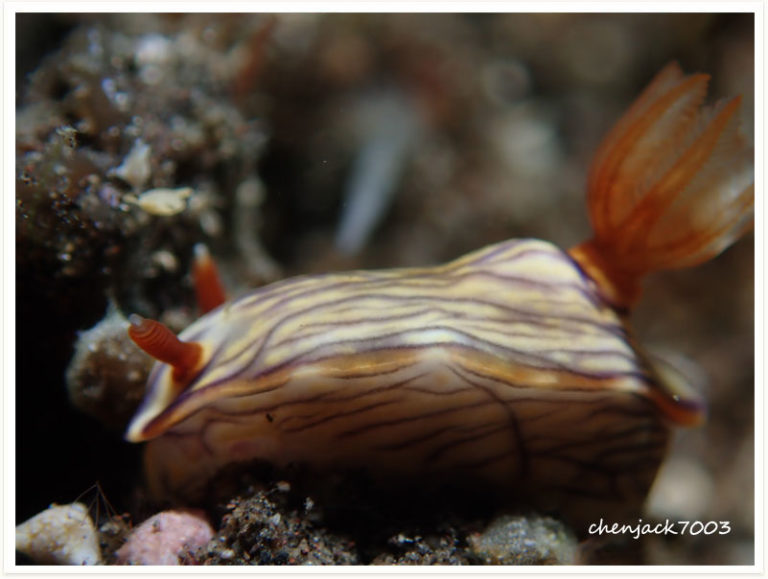
Hypselodoris variobranchia has a deep purple body with a broad solid white border to the mantle. The bulb of the rhinophores is orange, with purple sheaths. The gills may be orange or deep purple. There is a tall gill pocket which is also deep purple in colour. This species has frequently been reported as Hypselodoris bullocki. This is a large nudibranch, reaching 50 mm in length.
This nudibranch feeds on sponges.
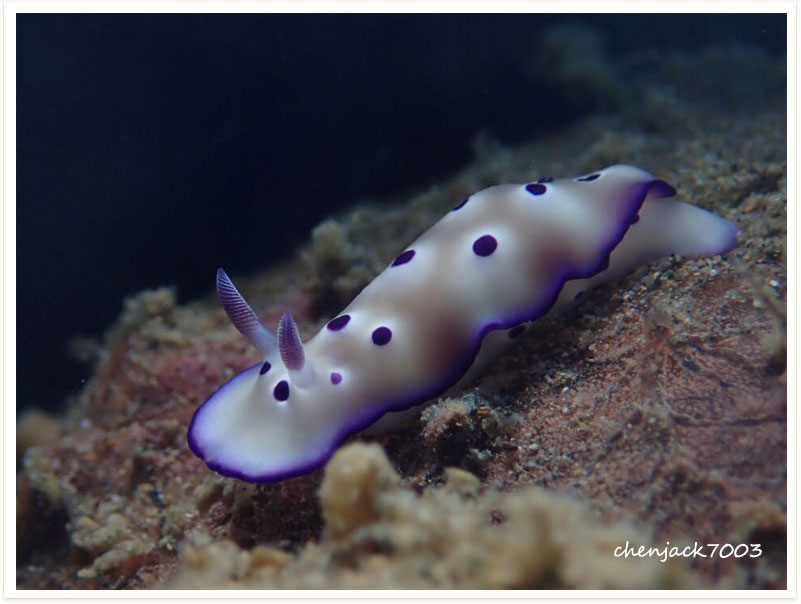
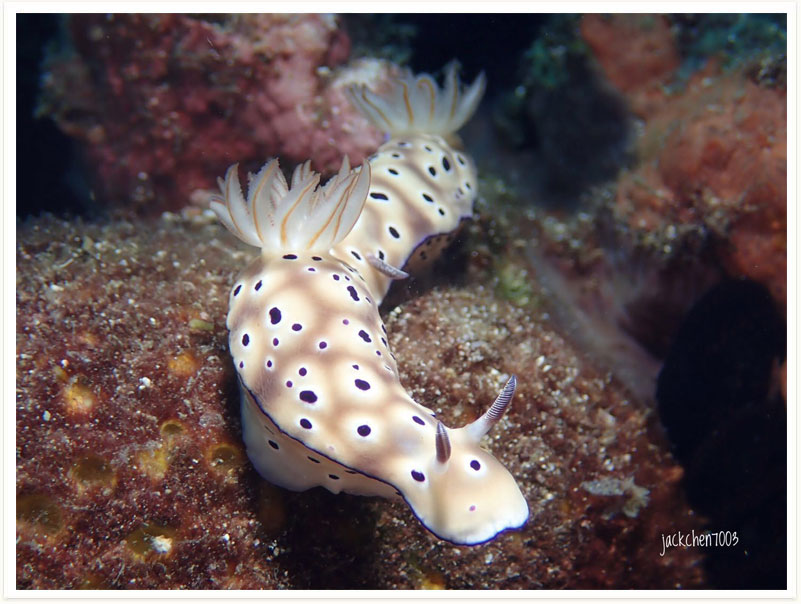
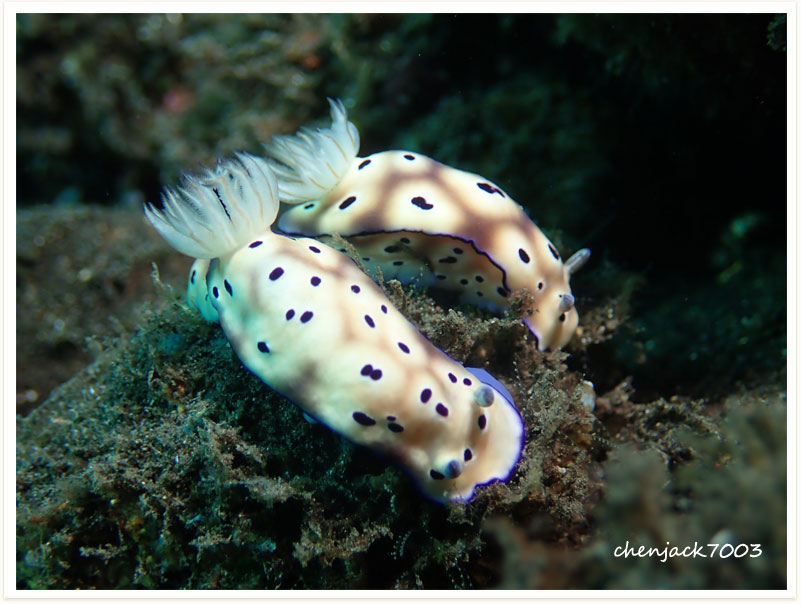
A new described species. Very similar to Hypselodoris kanga and Hypselodoris infucata.
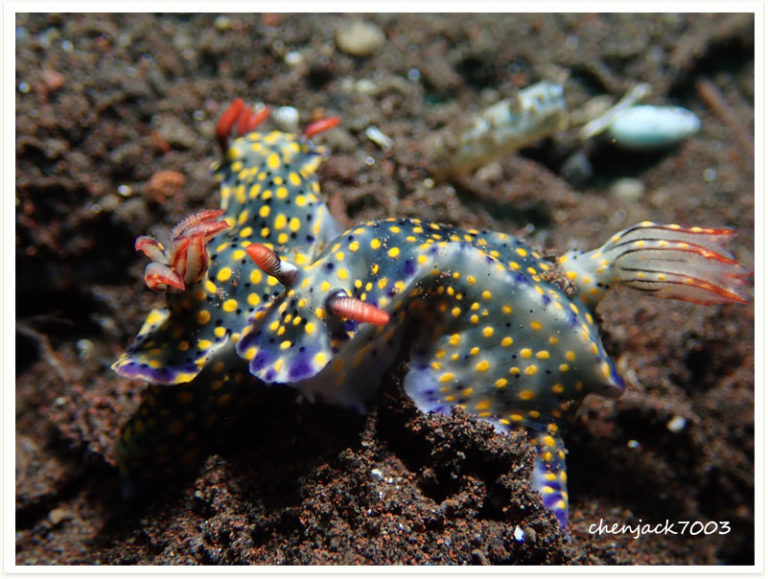
This brown white nudibranch feeds on sponges genus Euryspongia.The mantle margin,rhiniphores and gills are orange-brown in colour.
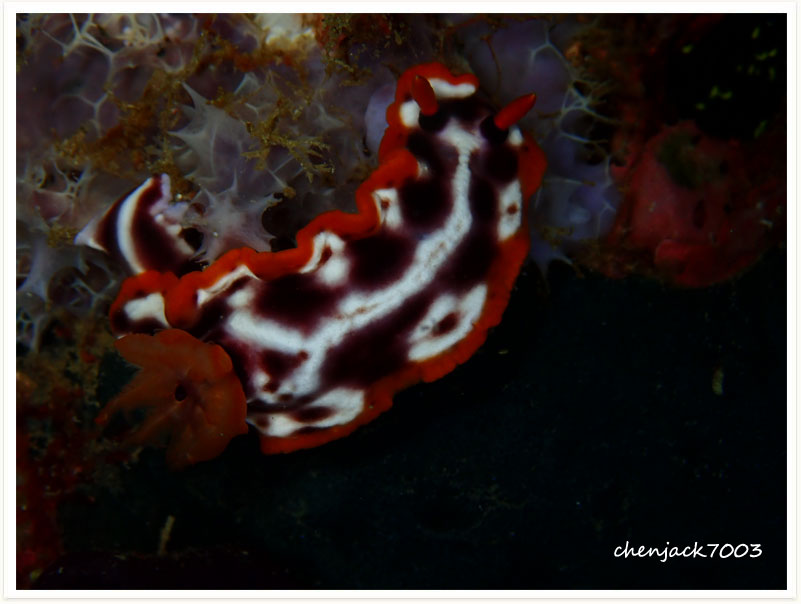
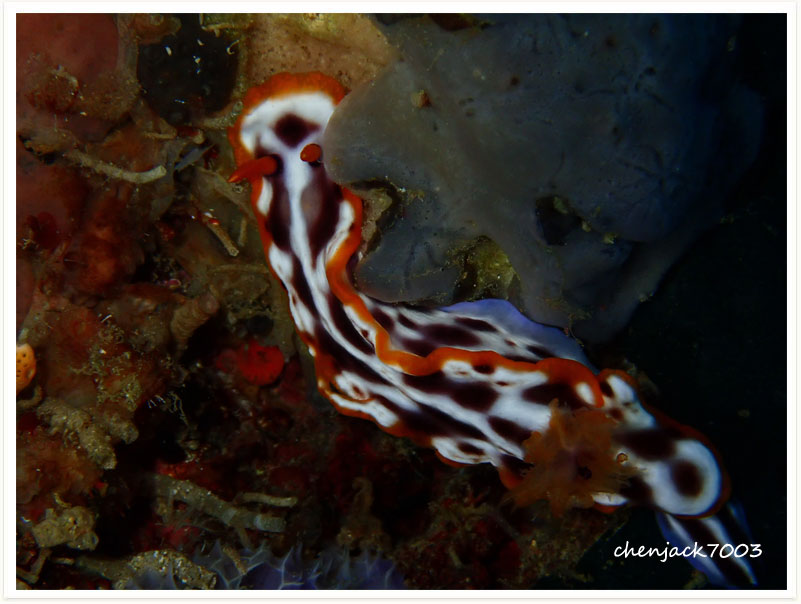
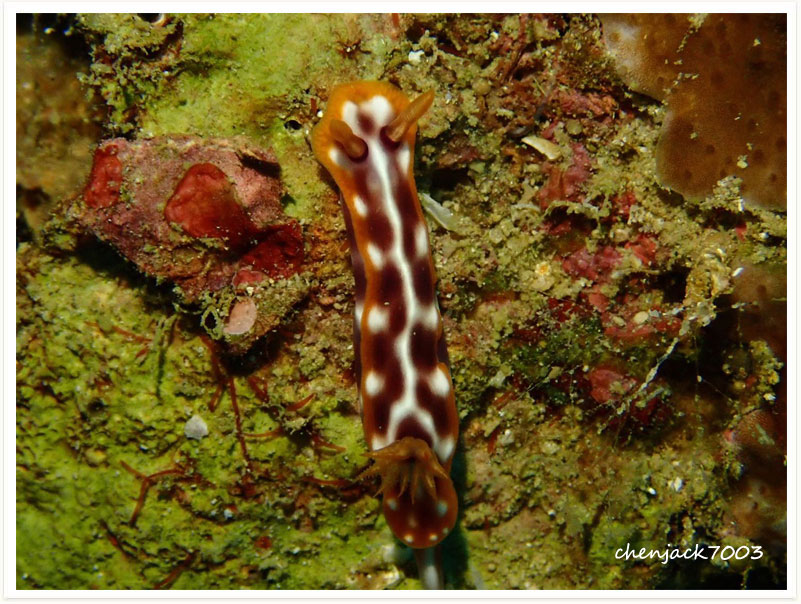
The mantle colour of is a pale milky orange-brown. On the central part of body are four white lines.The colour pattern is variable.
Hypselodoris maculosa feeds exclusively on yellow sponges from the genus Euryspongia.
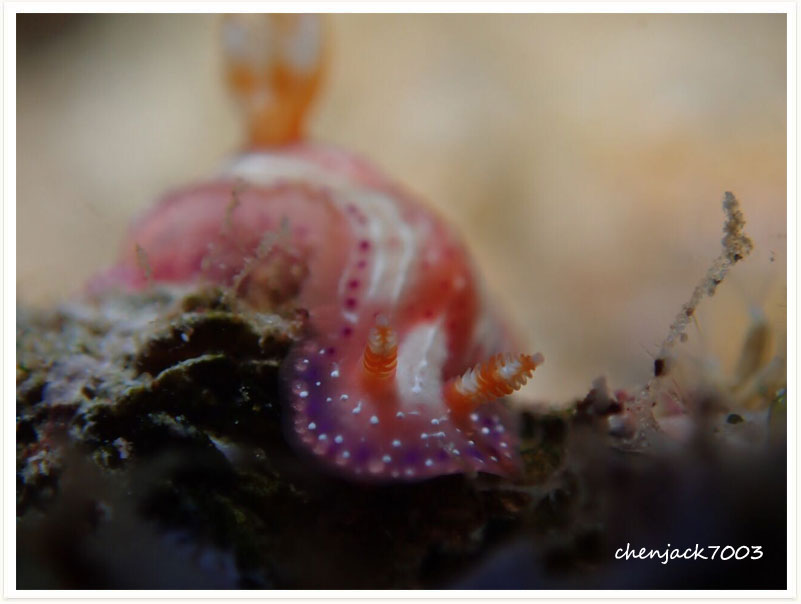
Hypselodoris krakatoa has a pale brown-white body with black lines and white spots, a purplish-blue foot,the gills are a light-brown and rhinophores are orange-white.
This species feeds exclusively on sponges.
The name “krakatoa” refers to an Indonesian island.
Hypselodoris infucata feeds on sponge genus Dysidea.
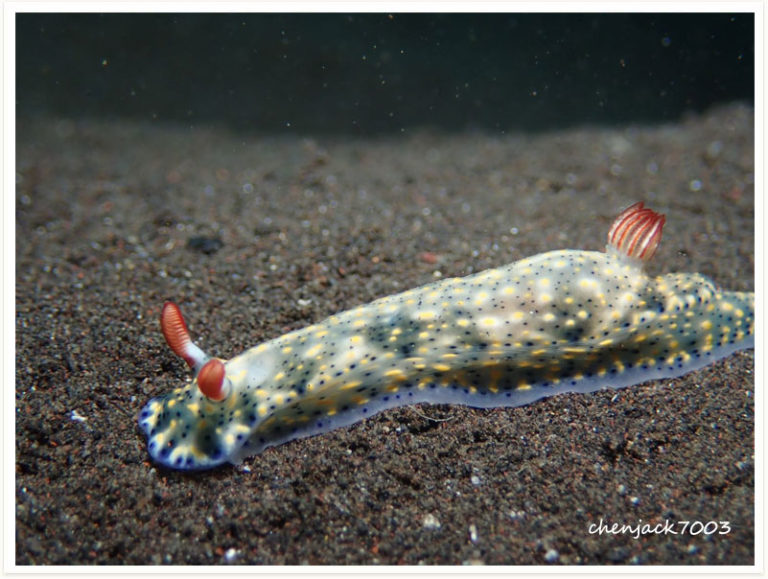
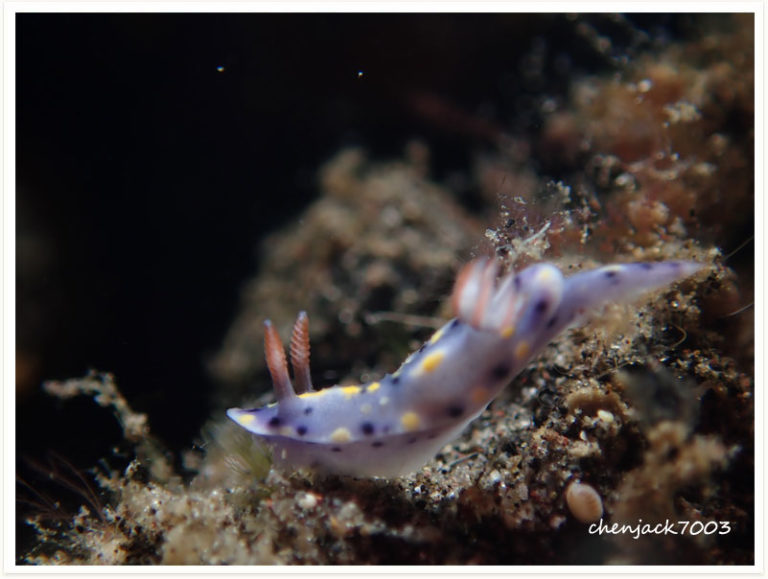
This nudibranch was described from a specimen measuring 70 mm (2.8 in) in length, dredged in 110 m (360 ft) at Recruit Island, Senkaku Islands, 150 miles NE of Taiwan, 25.922745°N 124.558247°E. It is currently identified with an animal which is widespread in shallow water in the central Indo-Pacific region. Many records are incorrect as it has now been shown that at least eight species have been confused under this name in the past. The H. bullockii clade contains seven species, plus H. iba is a mimic of H. bullocki. Six of these can be found in the Philippines. Hypselodoris apolegma is found throughout the western Pacific from Japan (Okinawa), the Philippines, Indonesia Malaysia (Sabah) whereas H. brycei, is found only in Western Australia (Houtman Abrolhos Islands to the Exmouth Region and Dampier Archipelago). Hypselodoris bullockii is considered to be widespread in the western and central Pacific, from Japan, Taiwan, Hong Kong, the Philippines, Indonesia, Malaysia, eastern Australia, the Marshall Islands and New Caledonia, whereas H. melanesica is known only from Papua New Guinea and the Solomon Islands, both of which are areas where H. bullockii is absent. Hypselodoris rositoi is apparently restricted to the northern Philippines and H. violacea is apparently restricted to Sabah, Malaysia and Palawan Island, Philippines. Hypselodoris variobranchia is apparently restricted to Japan (Okinawa), Taiwan, the Philippines, Malaysia, Indonesia and Queensland, Australia.
Hypselodoris apolegma (formerly classified as Risbecia apolegema)feeds on sponges (mainly genus Euryspongia)
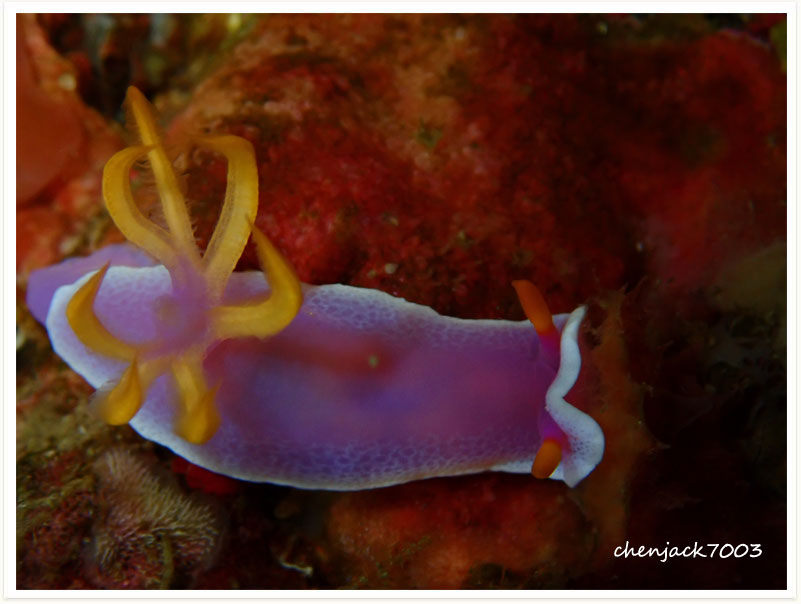
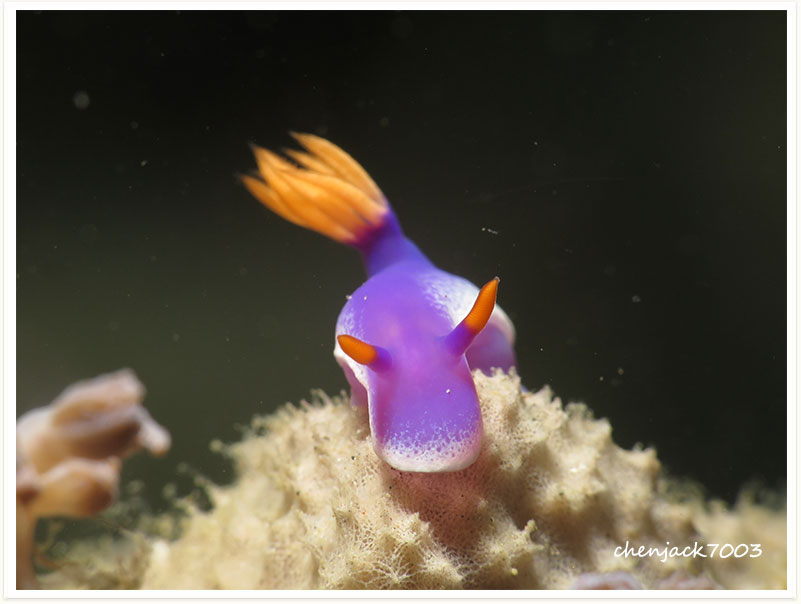

The Spanish dancer is a large dorid nudibranch which can grow up to a maximum length of 90 cm. However, the commonly observed size is between 20 and 30 cm long. Its body coloration is generally orange-red speckled with multiple small white dots but it also can be uniformly bright red or yellow with red scattered spots. Its body is soft and flattened, the anterior dorsal portion has a pair of retractable rhinophores and the posterior part has six contractile gills inserted independently in the body. The pair of oral tentacles are constituted by a fin flexible membrane provided with large digital lobes.
Batangas Halgerda is white with orange markings, has a network of fine red-orange lines on the body and orange-red tiped tubercles.This nudibranch lives in the tropical western Pacific.Halgerda species only feed on sponges.
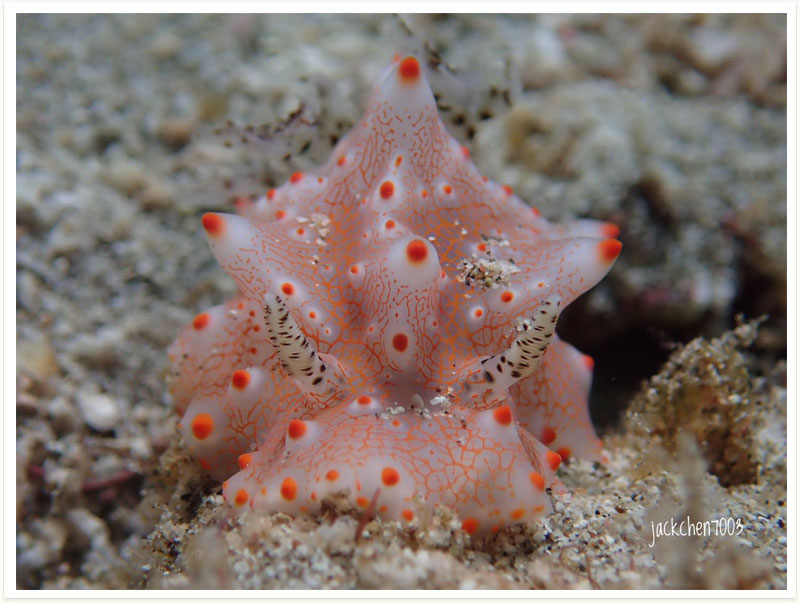
Gymnodoris ceylonica has a translucent white body which is covered with many orange spots. It has translucent orange-lined white gills and orange rhinophores. The foot is translucent white and edged with an orange margin.
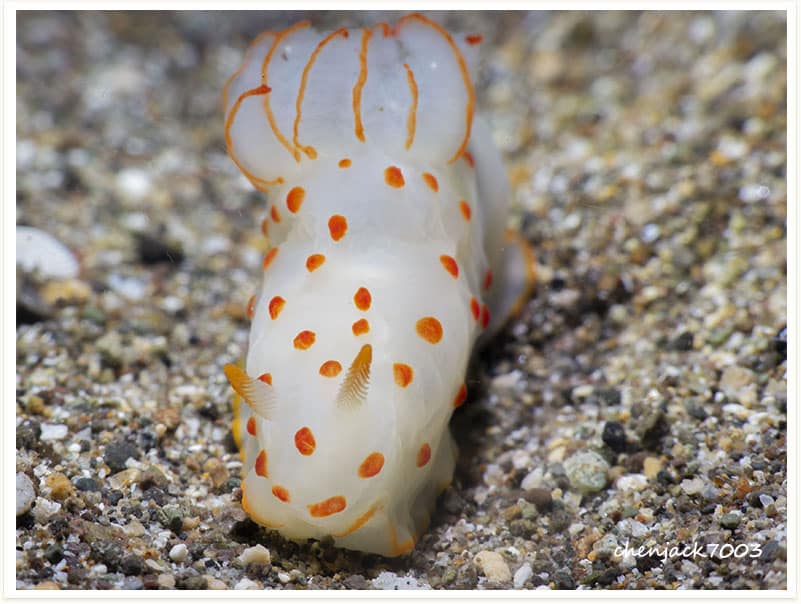
Goniodoridella is a genus of sea slugs, specifically dorid nudibranchs, marine gastropod molluscs in the family Goniodorididae.
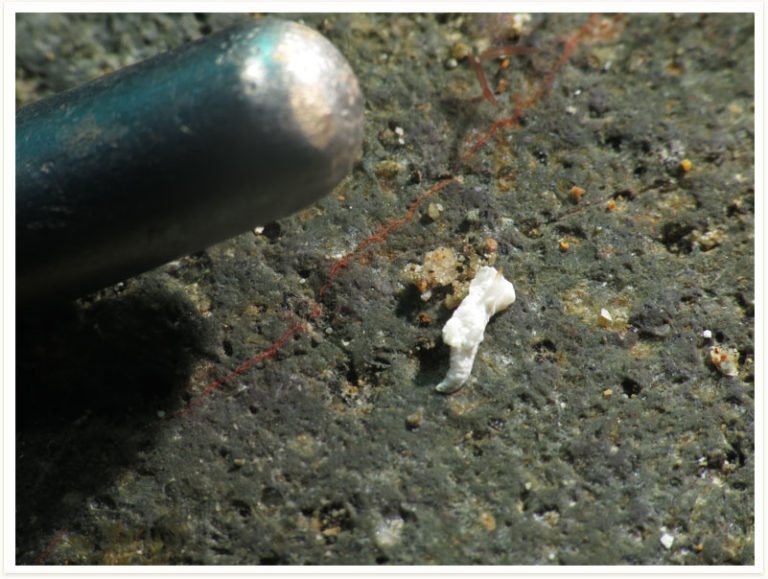
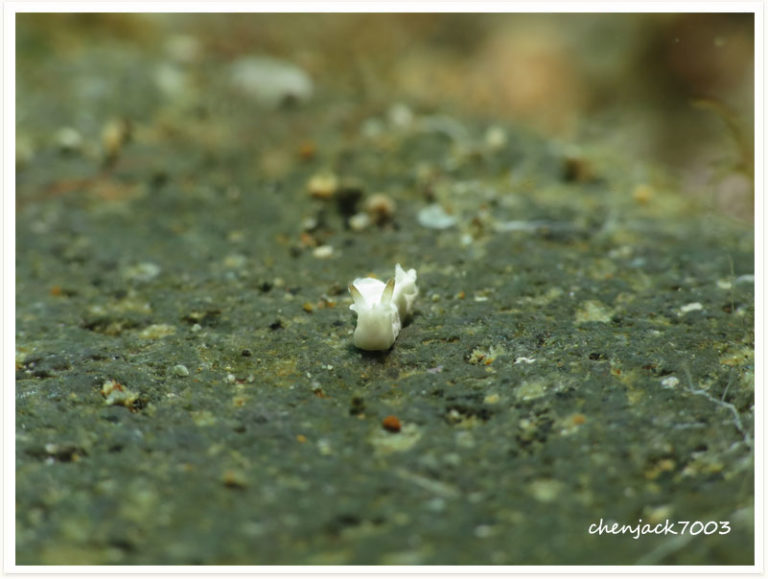
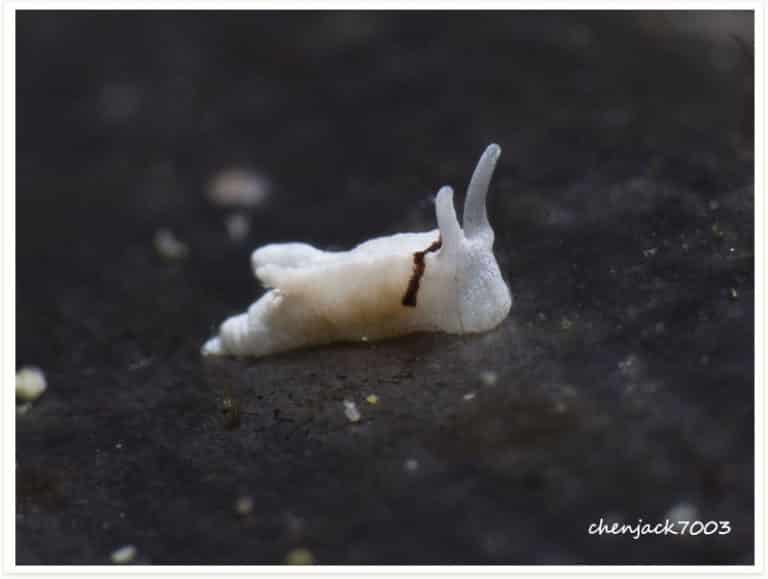
Goniobranchus verrieri has a white mantle with a red margin and a yellow submarginal band. The gills and rhinophores are red with white edging. The length of the body varies between 18 mm and 30 mm
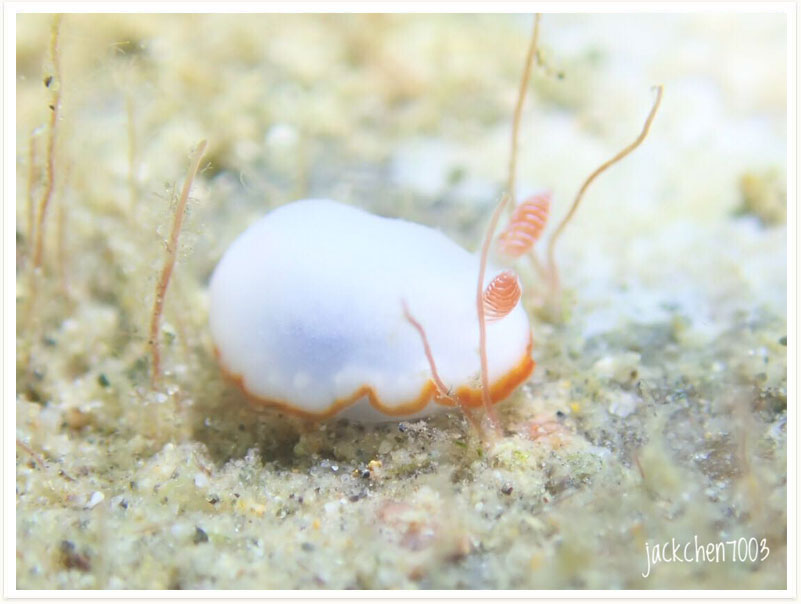
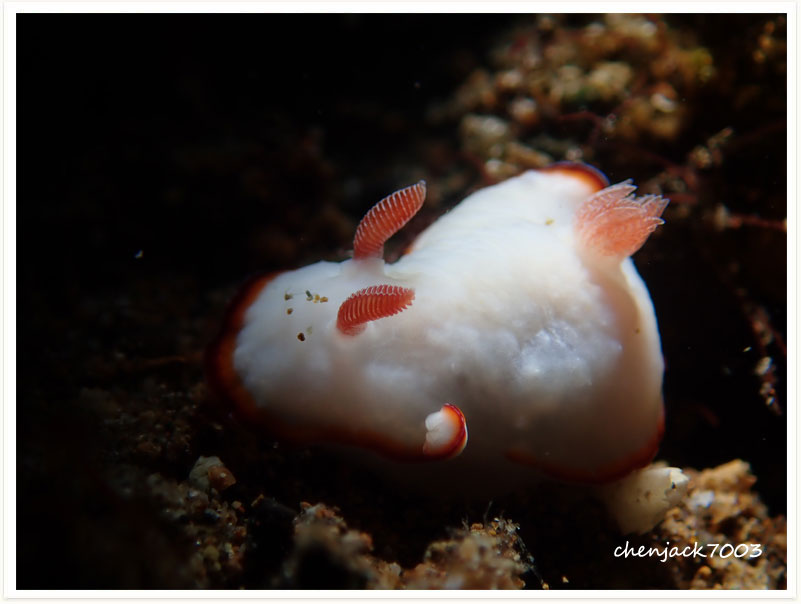
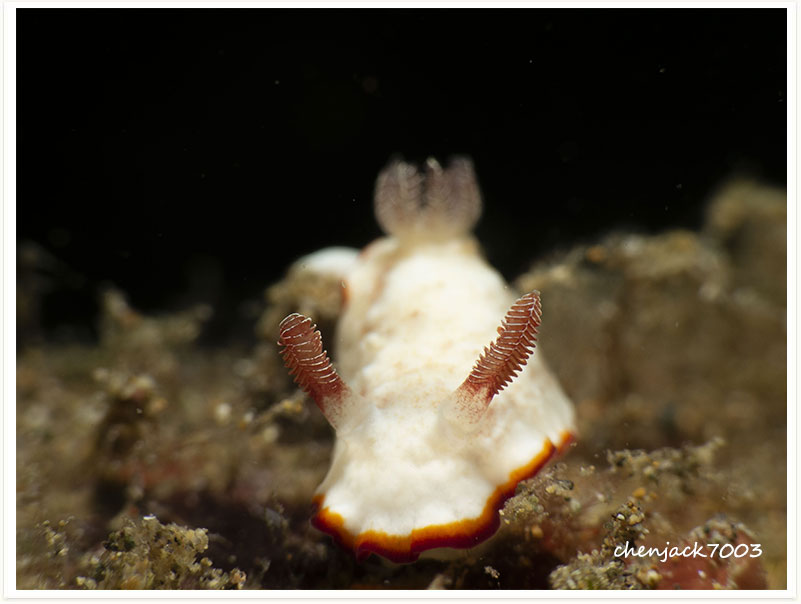
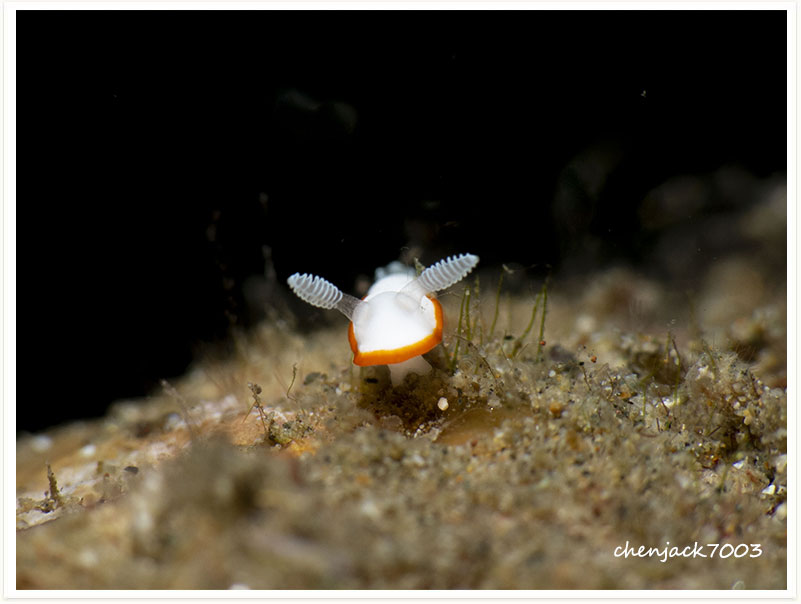
The original description included the following colour information: “Colour cream white, passing into cream yellow towards the margins, which are ornamented with a series of oblong violet spots. The central portion of the mantle is studded with numerous slightly elevated orange dots. Branchiae colourless, tentacles chocolate brown, laminae white. Under surface colourless, with the exception of a light tinge of the dorsal colours, which are transmitted through the pellucid mantle.”
This species feeds exclusively on sponges.
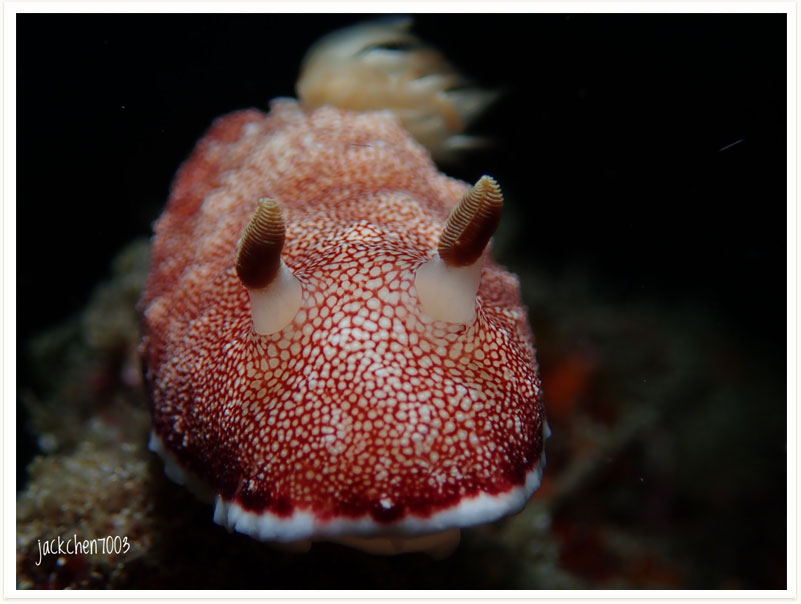
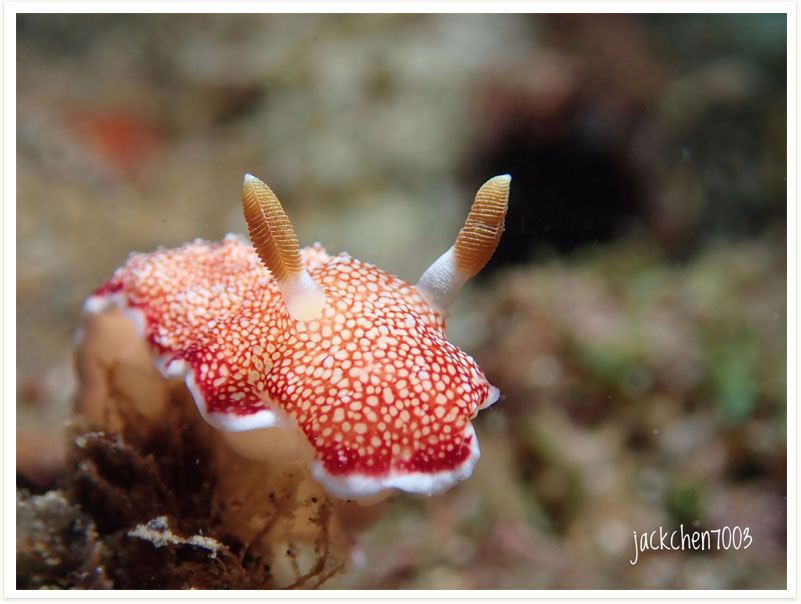
Goniobranchus kuniei has a pattern of blue spots with pale blue haloes on a creamy mantle. There is a double border to the mantle of purple and blue. The length of the body reaches 40 mm.The species Goniobranchus tritos and Goniobranchus geminus have similar colour patterns.
Quite similar in appearance to C. geometrica. Two major points of difference are the rhinophore & gill colour and the presence of a few small white rounded nodules on the mantle, each surrounded by a ring of deep magenta (or purple). The gills and rhinophores are a translucent reddish purple colour edged with a dark line of the same colour. Like C. geometrica the anterior mantle waves up and down rhythmically and its underside is a deep purplish colour.
Goniobranchus geometricus is a small nudibranch which may grow to a total length of 35mm. It is variably coloured, with the ground colour ranging from a creamy brown to purple, The mantle has numerous cream-coloured bumps and has a white margin. The gills and rhinophores are white to greenish. It is very similar to Goniobranchus conchyliatus but has green-grey rhinophores and gills whilst G. conchyliatus has red ones.
Goniobranchus fidelis can reach more than 25 mm (0.98 in) in length.The foot of the animal is cream in color; it is elongate and is almost covered by the edges of the wide mantle. The more central part of the mantle has a creamy-white area with scalloped edges, whereas the entire wide margin of the mantle is orange or red. Where the two differently coloured areas meet, there is a burgundy-colored border which varies in width from one animal to the other. The rhinophores are laminated, contractile and greyish in color with lighter colour at the tip. The shade of grey varies from one individual to another. The gills are the same colour as the rhinophores and they are retractable.
This species moves by rhythmically flapping the mantle edge up and down.

The mantle is margined in yellow, dark blue and light blue, somtimes the dark and light blue are reversed. The foot is bright yellow or yellow-orange.The egg mass is peach-colored ribbon.
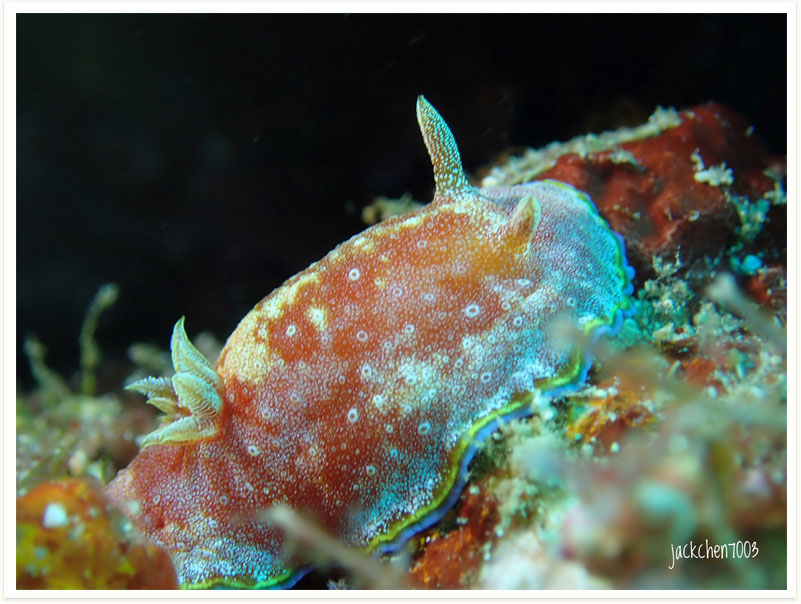
Glossodoris rufomarginata has a commonly observed length of 35 mm (1.4 in) with a maximum length of 50 mm (2.0 in). The background colouration of the entire body is whitish with the foot and the dorsal surface speckled with a dense coat of tiny red to orange-brown dots that give the impression at first glance that the animal is brown. The edge of the mantle is well developed and wavy with a broad white band with a red to orange-brown outer border. The foot has also a white external margin. The rhinophores and branchial plume are retractable with a red to orange-brown colouration, a white median line on the rhinophores and a white highlight on the gill axes.
Glossodoris cincta has a mantle which is tawny brown with blue-white dots and a dark blue margin to the mantle which is separated from the brown by a thin grey line. The rhinophores are dark brown with blue-white dots. The living holotype was 60 mm (2.4 in) in length.
Coryphellina rubrolineata is a relatively large aeolid nudibranch growing to 42 mm in length.The stretched out body has a sharp end at the tail, the dorsal side is covered with a certain amount of extensions called cerata, which size vary from an animal to another. The rhinophores are pointed and look like feathers. The oral tentacles are thin, cylindrical and longer than the rhinophores. The coloration is variable and here’s a description for the two main coloration which can be easily met underwater:
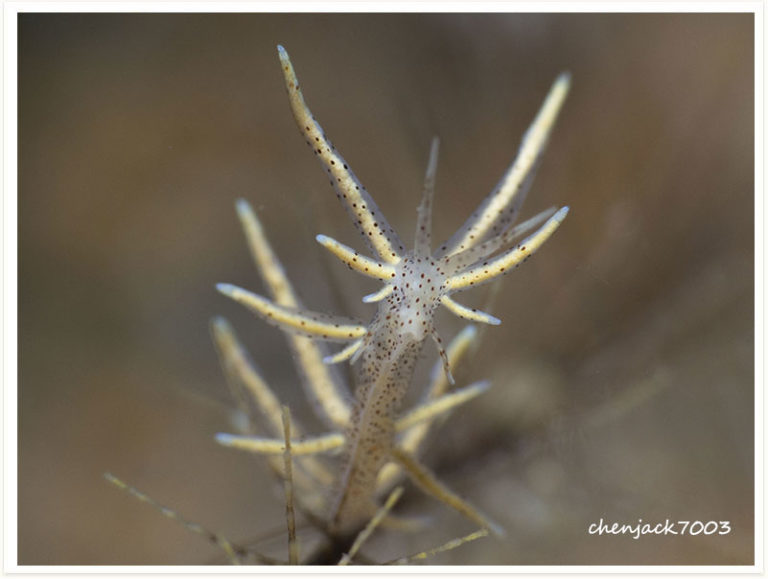
This species feeds exclusively on hydroid polpyps.Unfortunately there is no more information available and we would be grateful for any supplementary references.
This species was found in Anilao, Philippines
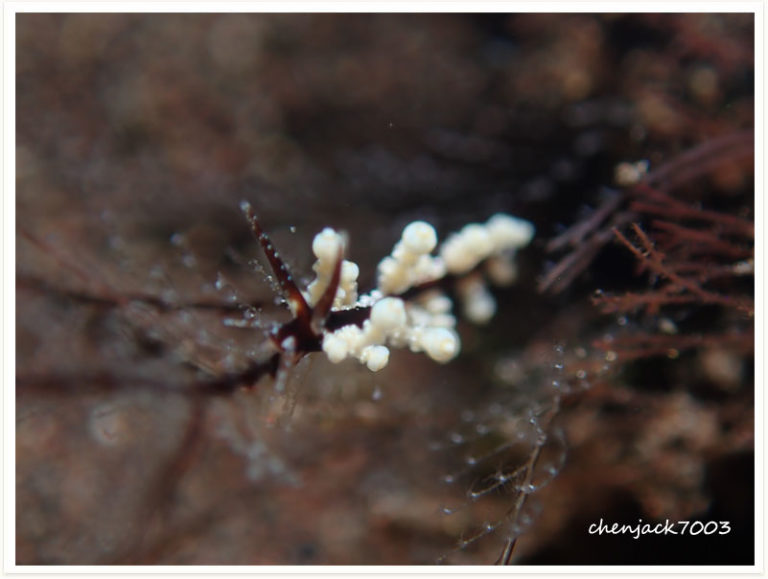
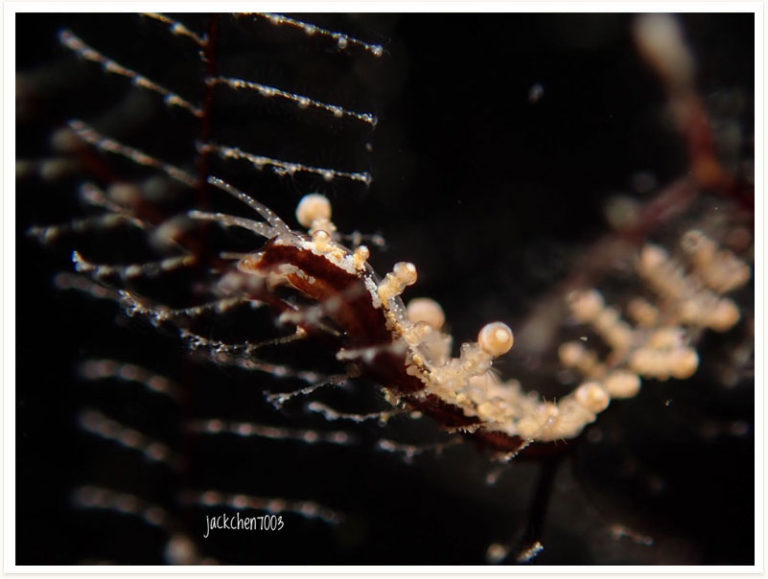
This species was described from among roots of eel grass (Cymodocea ciliata) at Oyster bay, Dar-es-Salaam, Tanzania.[1] It has been reported from Heron Island, Queensland, Australia.

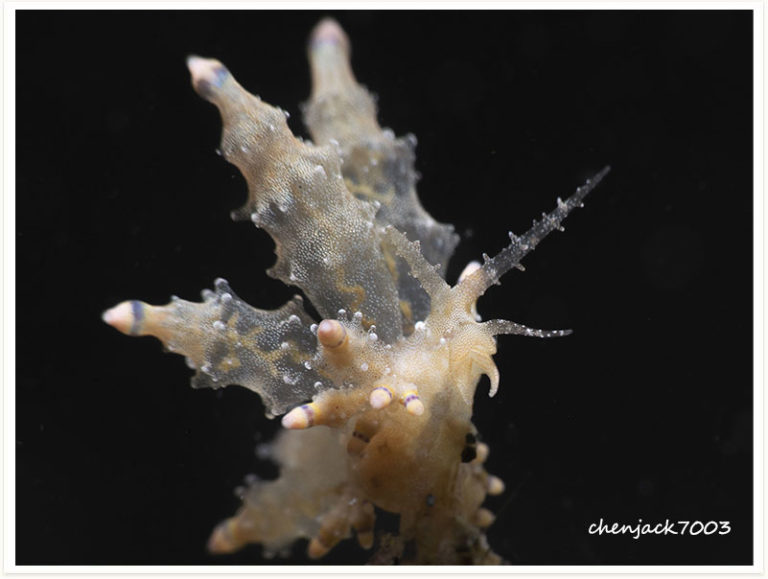
Eubranchus ocellatus have inflated cerata with white bands and large brown or yellow rings. The rhinophores are smooth. This species feeds exclusively on hydroids.

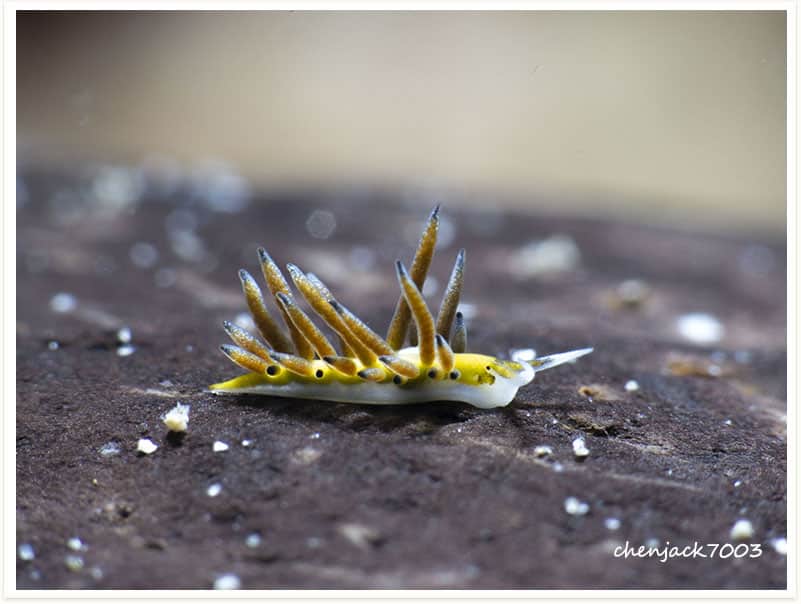
Elysia pusilla is a cryptic sea slug which grows to about 3 centimetres (1.2 in) long. Its colour and shape both match that of the alga on which it is feeding; on older foliage it is flattened and a mottled pale green, on fresh new growth it is a brighter shade of green and on the cylindrical shoots that sometimes develop, it adopts a more circular cross section.
Elysia ornata can grow to about 5 centimetres (2.0 in) in length. It is a translucent greenish-yellow colour speckled with white and black. It has broad parapodia each edged with an orange band and a black margin. The rhinophores are similarly coloured with a band of orange and dark tips.
Nudibranch of genus Elysia feed primilary by piercing and sucking algae cells (chloroplasts).They are sap Sucking Slugs.Thats why Elysia is,like their food, often green.Young species are brownish or beige in colour.
Elysia nigropunctata has 3 notches along the edge of the parapodia, which are usually outlined in orange to pale yellow. The background is green with little white patches and black dots. The tip of the rhinophores are white and the posterior end of the foot is white.
Elysia expansa is a snail species in the Plakobranchidae family. The scientific name of the species was first validly published in 1924 by O’Donoghue.
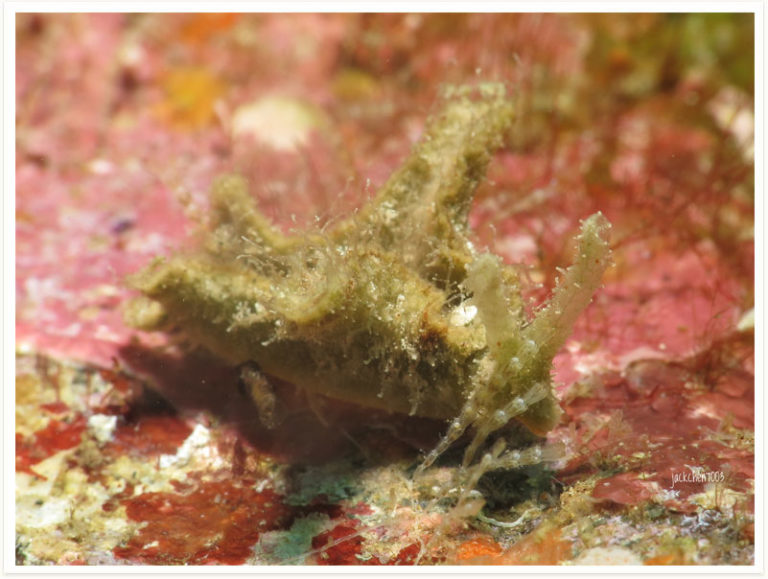
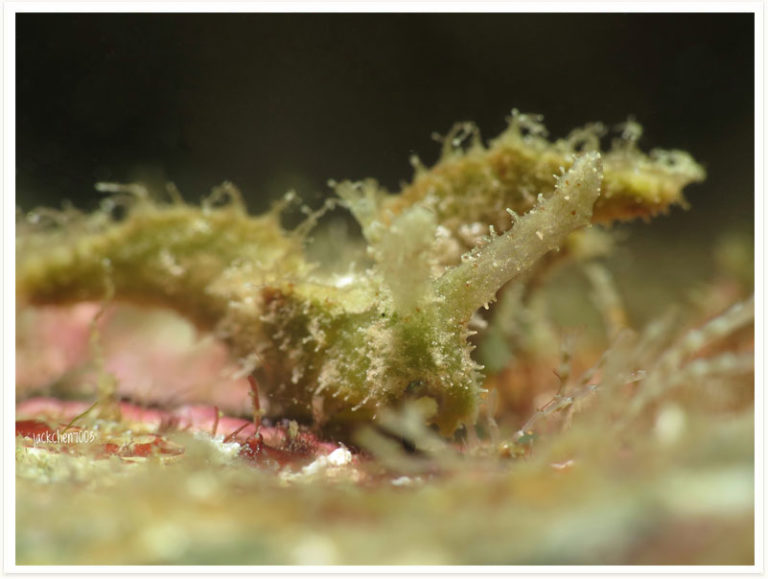
unkonw
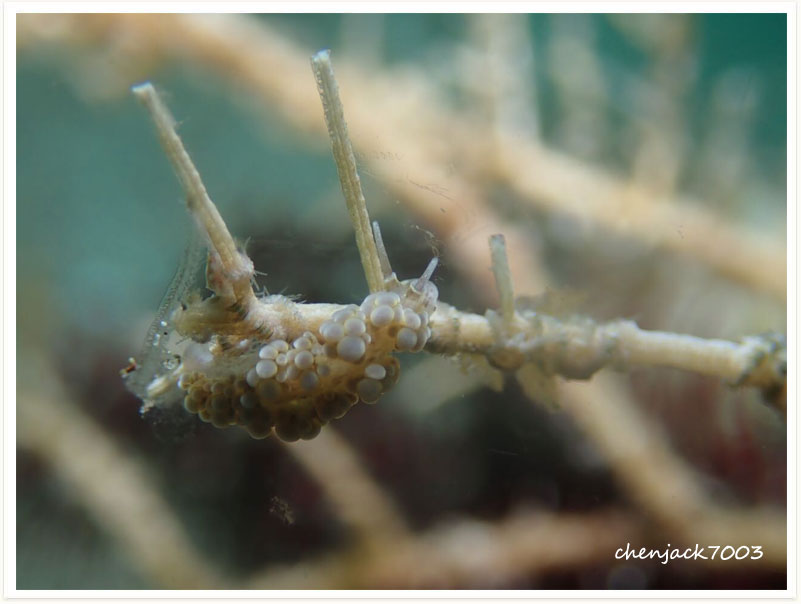
Doriprismatica atromarginata ranges in color from creamy-white through yellow to pale brown. It typically has a black-lined edge running down the outside of a very folded mantle and black rhinophore clubs. The frilly mantle sometimes appears to move like a wave as the animal crawls along. It can reach a total length of at least 60 mm. This species is very similar in appearance to Doriprismatica sibogae and Doriprismatica plumbea, although Doriprismatica atromarginata is by far the more common and is not quite as deep yellow in colour as the other species
also known as the wedge sea hare, is a species of large sea slug, a marine opisthobranchgastropodmollusk in the family Aplysiidae, the sea hares

Diversidoris crocea is uniform yellow in colour.The mantle margin is white.This species exclusively feeds on sponges.
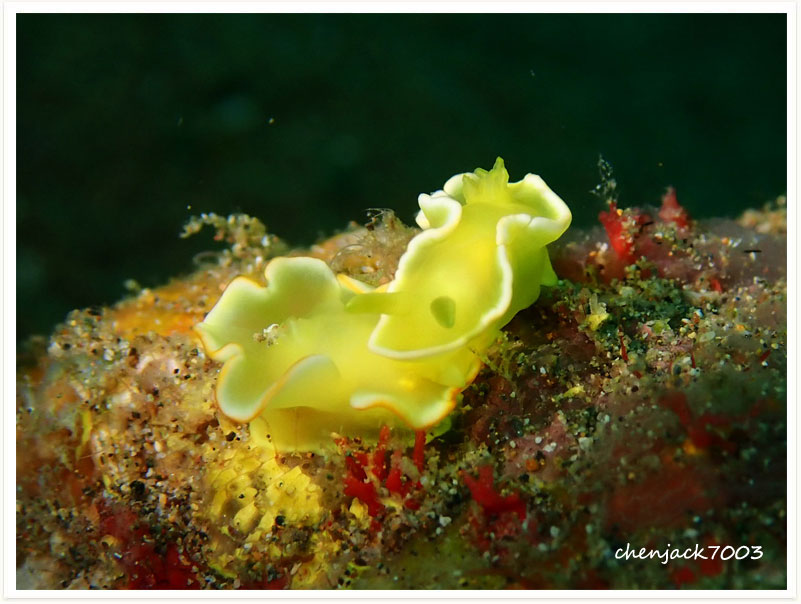
The body of Discodoris boholiensis is roughly oval-shaped, with a wavy margin, broad and rather flattened, up to 12 cm (5 in) long and 8 cm (3 in) wide. The head is not clearly demarcated from the body. The rhinophores are dark brown, with a vertical white line on the anterior surfaces, and are able to retract into their sheaths; these are also dark brown and have wavy margins. The dorsal surface of the sea slug has a thicker longitudinal ridge, the visceral hump, in the centre; it is translucent and whitish, with irregular brown patches and spots. There are six external gills, which can also be retracted, of which the hind two are divided into two branches; the gills are brown with a distinctive pattern of white lines. The edge of the mantle is undulating, leathery and semi-rigid, streaked in dark brown and creamy-white, beige or yellowish, and dotted with dark brown and white speckles. On the underside of the animal, the foot is long and oval, being much narrower than the mantle, and has a dark brown edge.
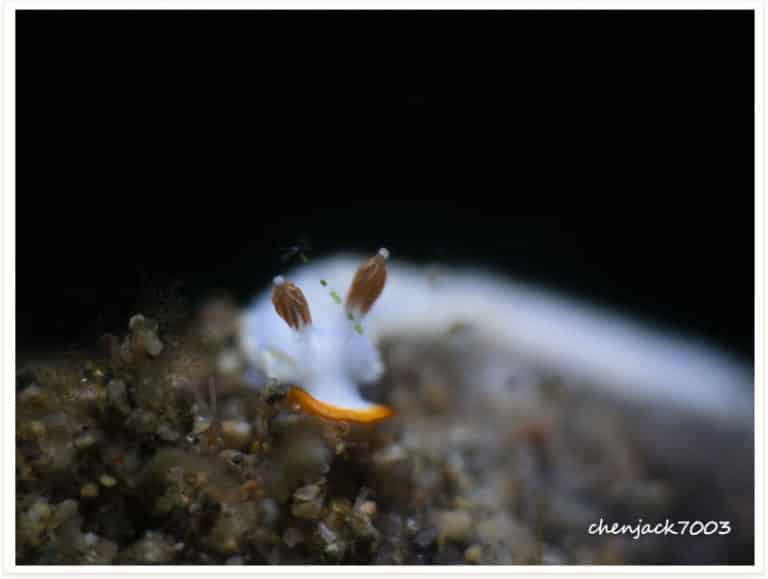
Dendrodoris carbunculosa is a large sea slug and grows at least 25,0 cm.The underside of the mantle is a uniform brown or reddish brown,sometimes with darker patches (Dendrodoris tuberculosa havelarge white oval spots). The tubercles are large and individual (D.tuberculosa have packed close together tubercles, which are often compound.
unknow
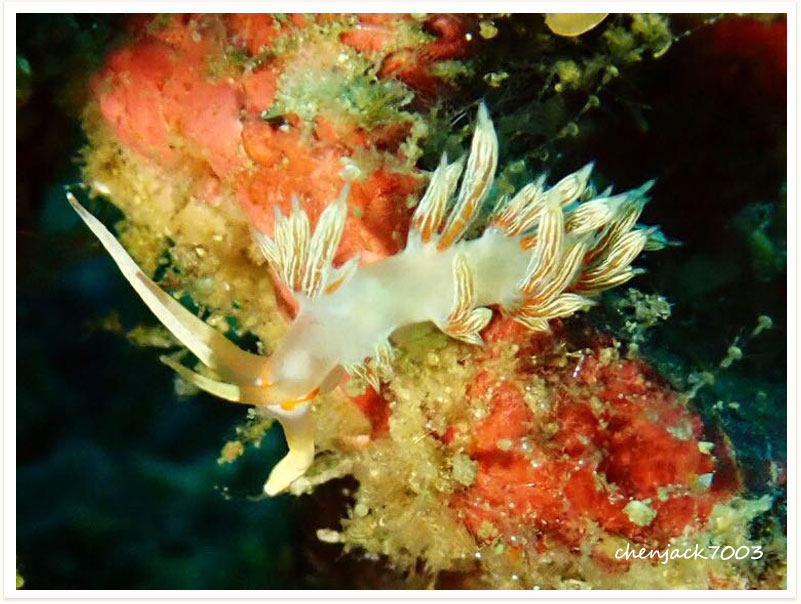
Costasiella usagi occurs in the tropical western pacific. The colour is higly variable (grren, greyish). Rhinophores with black tipps.
This species feeds on the algae Avrainvilla a fan algae.
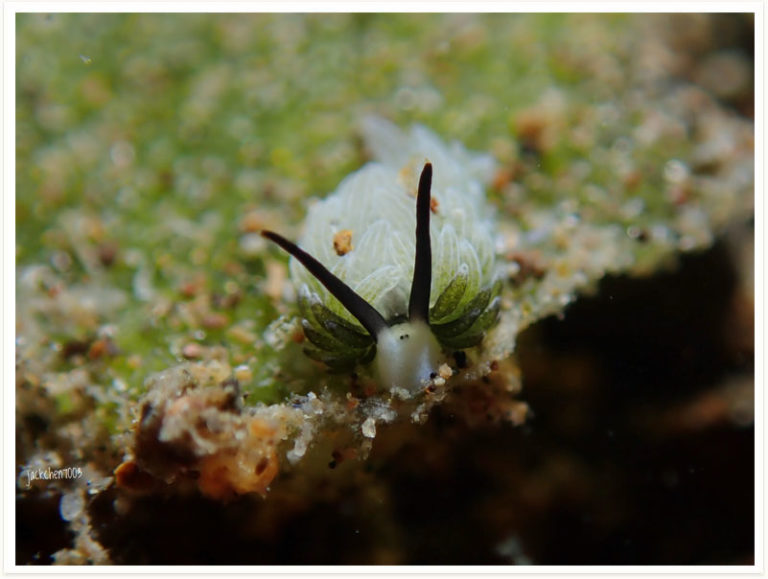
The background colour is a cream with white patches.
Costasiella kuroshimae have a white head with dark marks and a dark streak across the head just in front of the rhinophores. The rhinophores are white with black tipes. The cerata are normerly green with white tips and iridescent bright blue spots.
A new described species
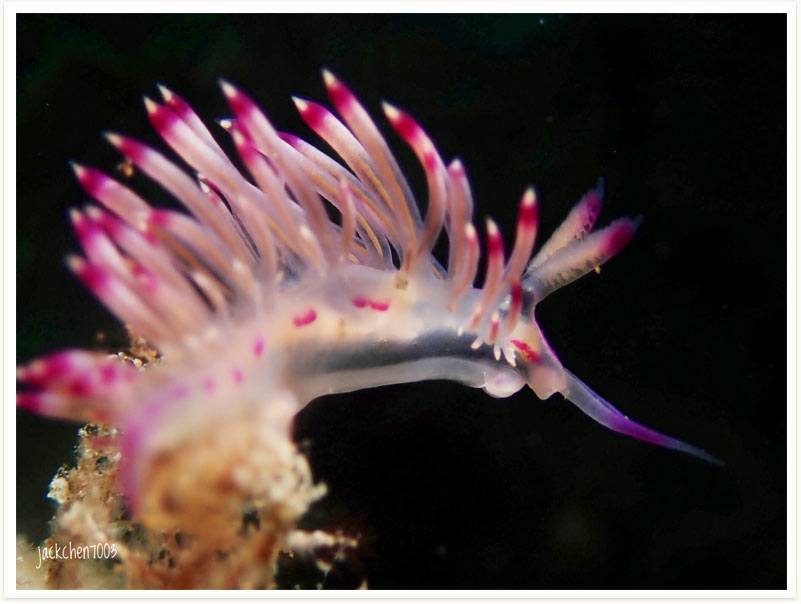
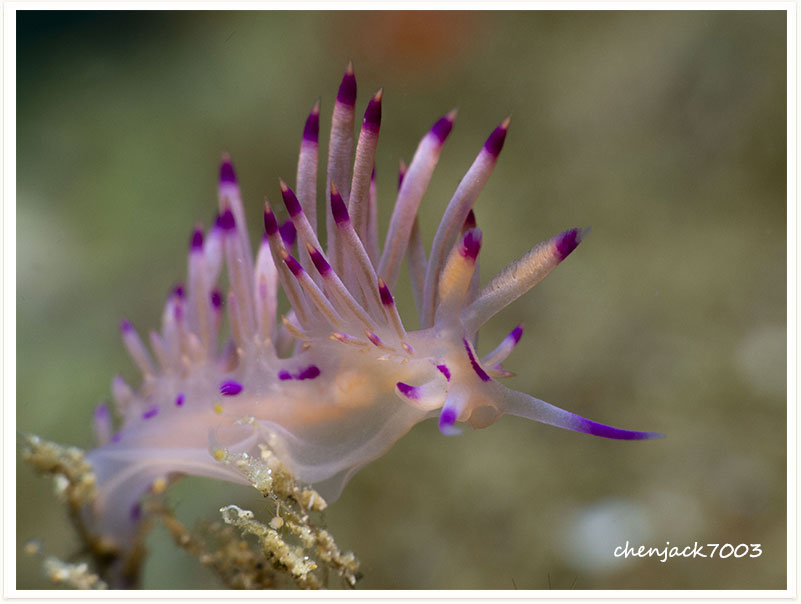
This nudibranch feeds exclusively on hydrozoon polyps.

This tiny sea slug is black with large yellowish warts on white patches, because of that the common name is ” Fried Egg Sea Slug”. The diet is unknown.
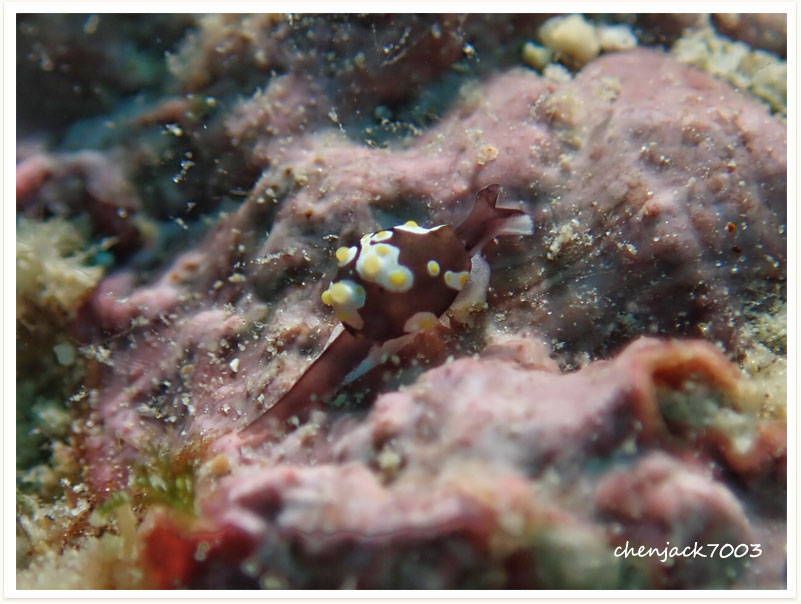
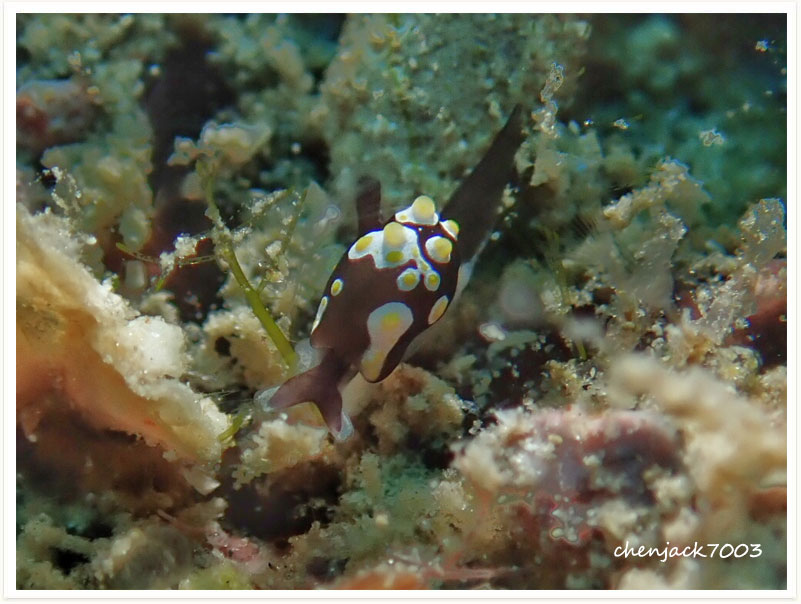
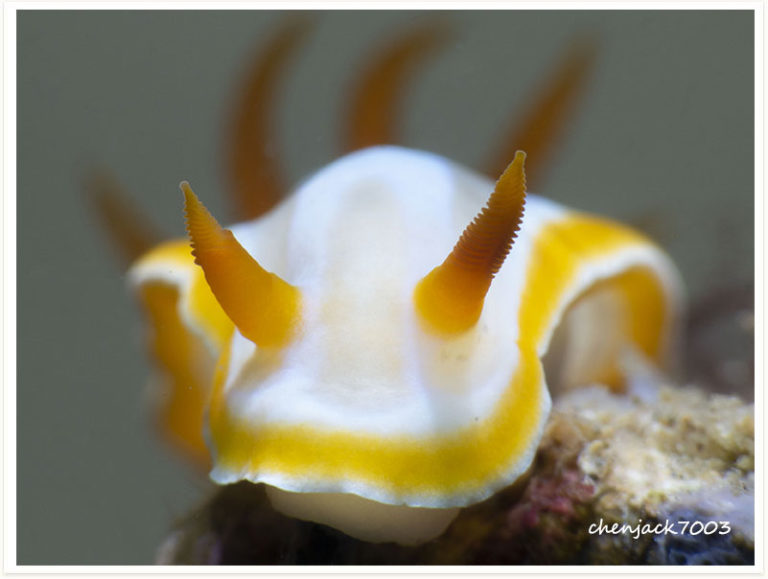
Chromodoris willani is similar in appearance to Chromodoris lochi, Chromodoris boucheti and Chromodoris dianae. This species can be distinguished by the very prominent white specks found on the gills and rhinophores.
Individuals in this species can range in color from dark blue to a translucent white. All have black stripes with the center-most stripe typically being non-continuous
Chromodoris magnifica can reach a maximum size of 60 mm (2.4 in) in length.The body is elongate with a foot which is distinct from the upper body by a skirt like mantle hiding partially the foot.[5] The branched gills and the rhinophores are orange colour and can be withdrawn into specific pockets under the skin in case of danger.[6] The specific epithet magnifica in Chromodoris magnifica means magnificent, so-named because of this nudibranch’s striking, vibrant colors.
Chromodoris lochi is blue or blueish-white with a white margin and typically dark or black lines running down the mantle and the foot. On the mantle, a continuous line runs around the border passing on the outside of the rhinophore and a second median one can be discontinuous. Individuals can reach at least 4 cm in length.There is some variation between individuals in this species, and the gills (retractile) and rhinophores (contractile) range in colour from a translucent straw-color, through to pink and light orange.This species is very similar in appearance to Chromodoris willani, Chromodoris boucheti and Chromodoris dianae and can be difficult to tell apart. Its most distinguishing feature is the uniform colouring of the mantle and the lack of white specks which are present in some of the other species. A recent study showed that more than one species is currently confused amongst Chromodoris lochi.
Reaching 60 mm in length, Chromodoris joshi is yellow with three black stripes on its mantle. The marginal band fades from dark golden yellow at the edge, to a buttery yellow. It is covered with white flecks. The rhinophores and gills are a pumpkin orange.
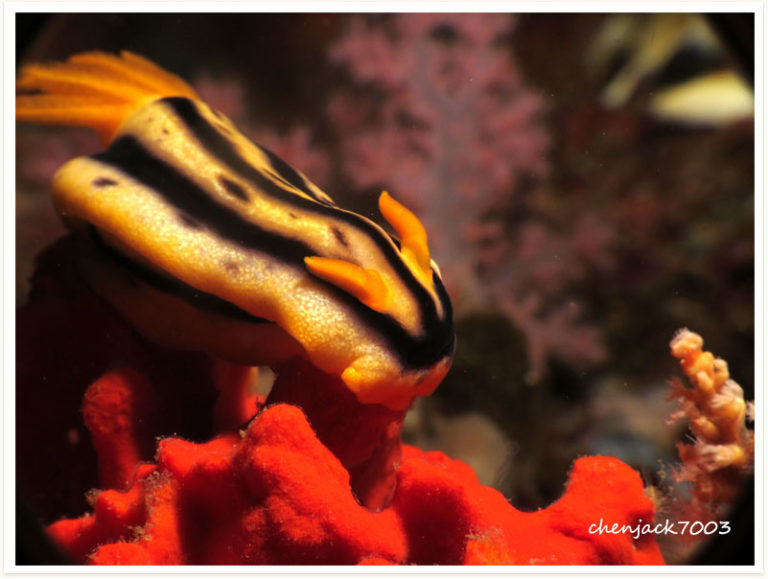
Chromodoris elisabethina can reach a maximum size of 50 cm (20 in) length. The body is elongate with a foot which is distinct from the upper body by a skirt like mantle partially hiding the foot. The branched gills and the rhinophores are orange to yellow and can be withdrawn into pockets under the skin in case of danger.
Chromodoris dianae can reach a maximum size of 4 cm length. The body is elongate with a foot which is distinct from the upper body by a skirt like mantle partially hiding the foot. This species is very similar in appearance to Chromodoris lochi although it can be distinguished from the latter by the broken black lines, (as opposed to continuous) and the sprinkling of white specks on the notum.Chromodoris dianae has white gills and rhinophores with distinct yellow-orange tips. The original description includes animals which belong to another species (Chromodoris cf. dianae) which are distinguished by a colour pattern which includes gills and rhinophores orange throughout, orange markings at the edge of the mantle and a different pattern of black markings; confirmed as species level differences by DNA sequences
Chromodoris annae can reach a maximum size of 5 cm length. The body is elongate with a foot which is distinct from the upper body by a skirt like mantle hiding partially the foot. The branched gills and the rhinophores are orange to yellow. The main background color is bluish, the intensity of the latter varying from blue-grey to intense blue, slightly speckled by tiny black spots. The blue dorsal side and the foot are bordered with a black line which can be discontinuous depending on the specimen. A black dash between the rhinophores distinguishes this species from similar species like Chromodoris elisabethina and Chromodoris westraliensis. The mantle edge and the foot are bordered with white and orange to yellow lines in which the width and the color intensity can vary greatly from a specimen to another.
This cephalaspidean is widespread in the tropical waters of the Indo-west Pacific region. Chelidonura varians feeds on flatworms and it is used in aquariums to eradicate small flat worm invasions.
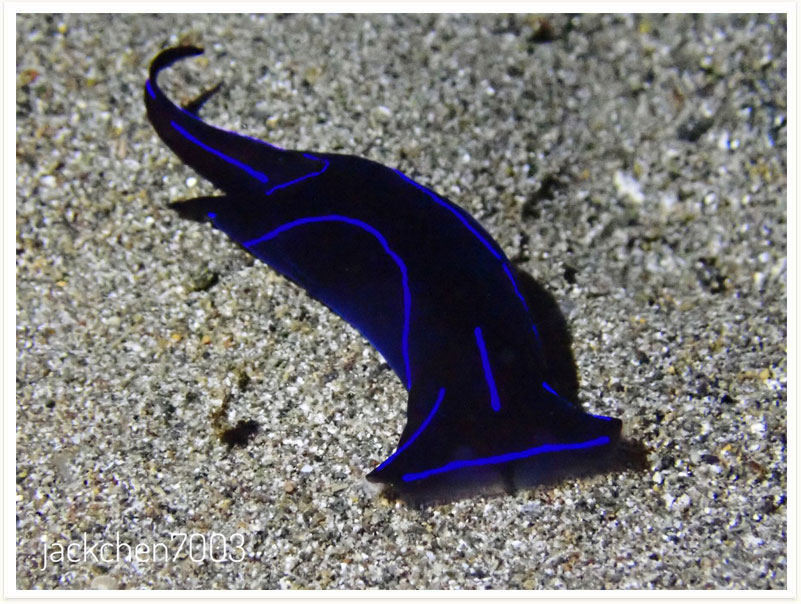
Chelidonura hirundinina grows up to 4,0 cm in length.The body color can be red, orange, dark brown or black with blue, black and orange stripes.It has a long forked tail.This species feed on small flatworms.
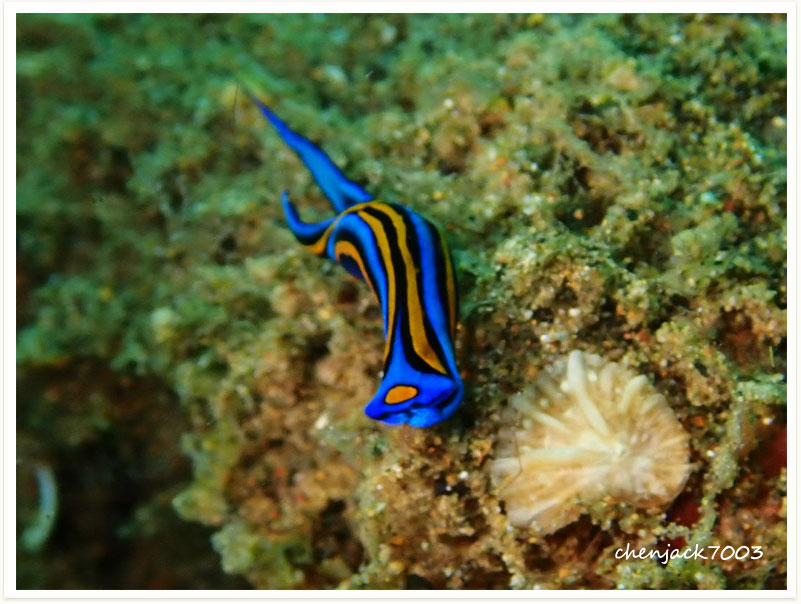
The lightest colour form has a background colour of white with the grey-black reticulate pattern restricted to the dorsal surface of the headshield and posterior shield, and to the small sections of the parapodia which fold over the dorsal surface of the body.
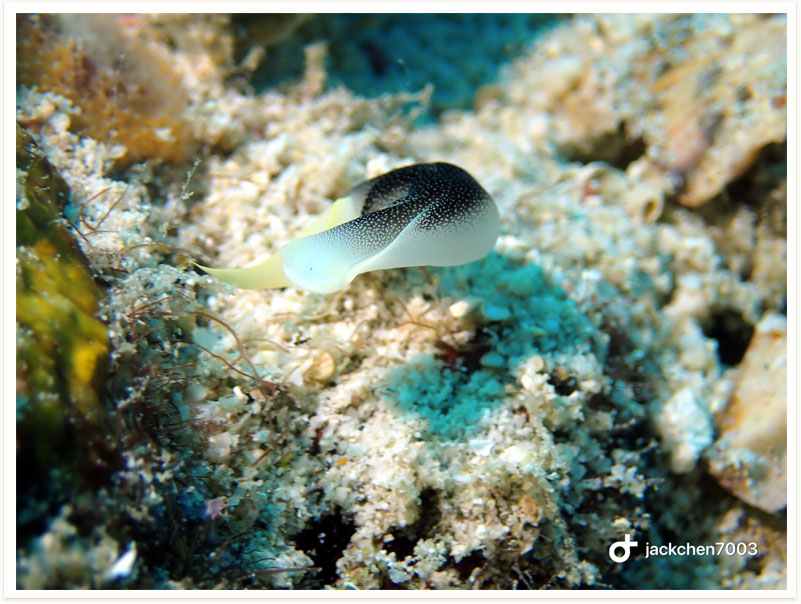
Ceratosoma trilobatum can grow to a maximal size of 15 cm length. The body colouration is extremely variable but is always composed of bright colors. However, the body colouration is not a valuable criterion of determination for this species because it can easily be confused with Ceratosoma tenue.
Ceratosoma tenue can grow to a maximal size of 12 cm length. The body colouration is extremely variable but is always composed of bright colors. However, the body colouration is not a valuable criterion of determination for this species because it can easily be confused with Ceratosoma tribolatum. The physical distinctive criteria are three mantle lobes on the first half of the body on each side and the purple margin of the mantle and foot is a dotted line. Another specificity of many species of Ceratosoma is the kind of “horn” covering the gills, which is like a lure and acts as a defensive chemical weapon that will scare any potential predator who dares to bite this part. The gills and the rhinophores are retractile in internal sheaths.
unknown
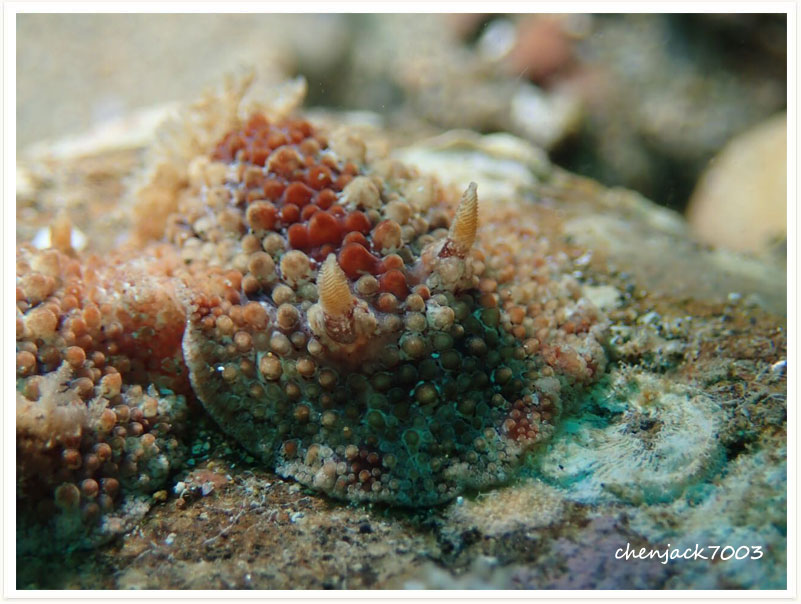
Caloria indica have a orange body colour with blue, orange and white striped cerata.The body is narrow with a very long and pointed tail. This nudibranch has a wide distribution area and is an invasive species in Europe.Caloria indica feed exclusively on hydroids.
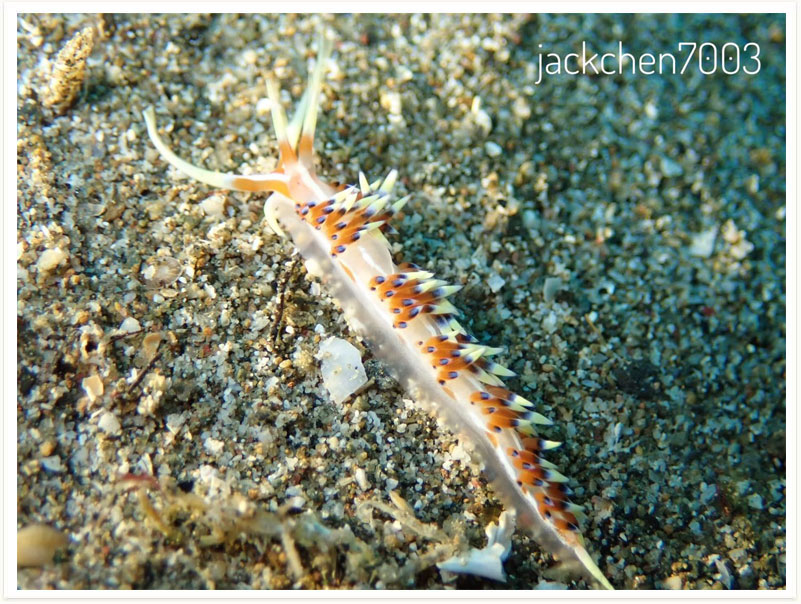
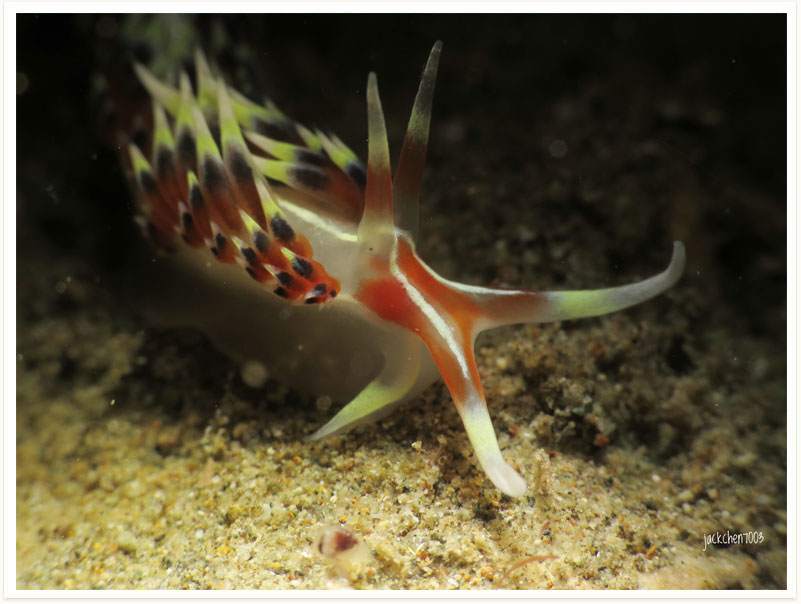
Feed on barnacles, sea squirts, soft corals, and /or sponges sponge (f.e. Halisarca metabola de Laubenfels, 1954).
Cadlinella ornatissima is a widespread and common species, occurring in tropic and sometimes in sub tropical zones.Its body is mostly yellow to orange, sometimes white and filled with many thick and elongated warts.The warts have usually a pink to reddish tip, are their gills and the rhinophores white-transparent. Best left in the wild.
Bursatella leachii is green to greenish brown. It has a broad and short head. Its mantle is covered with papillae (finger-like outgrowths), which give it a thorny aspect. The mantle has a network-like pattern with blue eyespots (ocelli) in black spots and green areas. It moves slowly on a broad foot. There is short, sharp tail. The short parapodia (fleshy, winglike outgrowths) are fused on their rear end.
This aeolid is characterised by the swellings on the rhinophores. There is a red patch between rhinophores .
Feeds on small sea anemones.
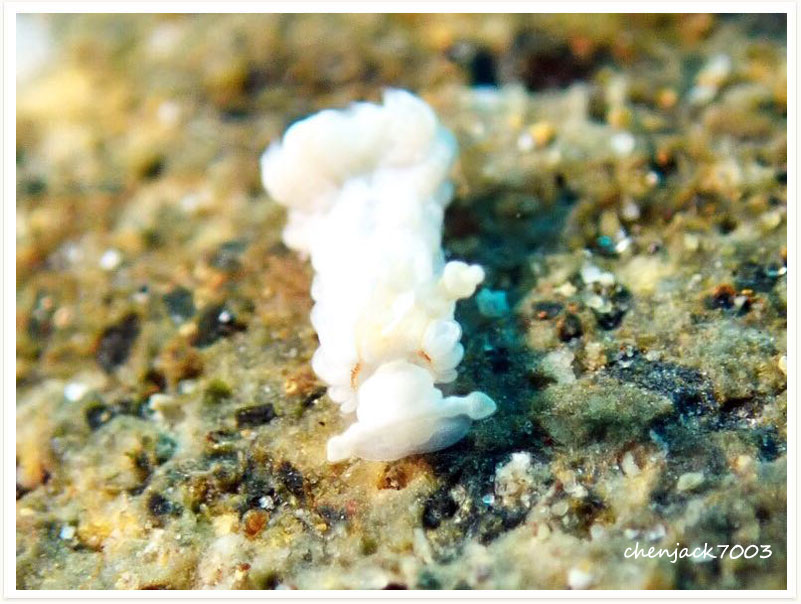
The Snakey Bornella feeds on hydroids.
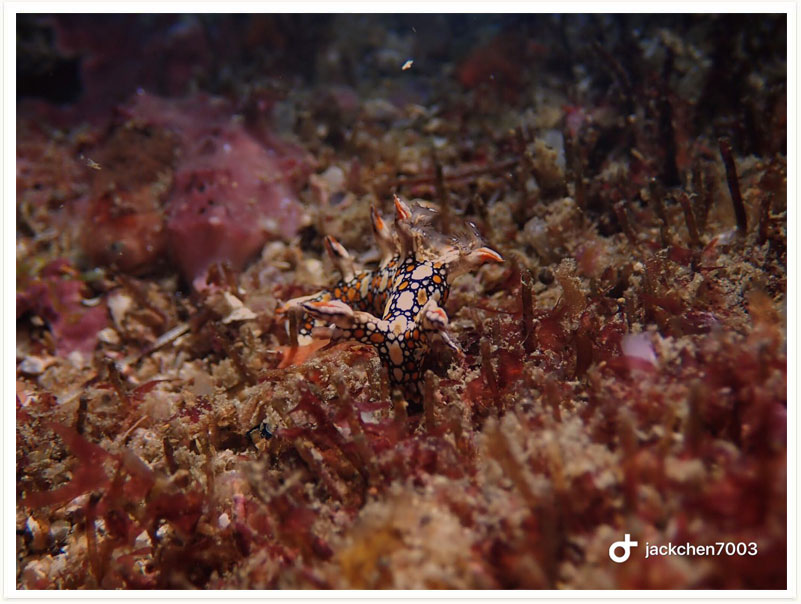
Armina semperi have a black and white longitudinal ridged body,a blue foot and yellow-orange border.This nudibranch is nocturnal and lives on sandy or silty bottom.This species usually feeds on soft corals and sea pens.
There are many similar Armina species may be mistaken.
This white nudibranch with a yellow border grows to 12 cm in length.Rhinophores and gills are white.This species feeds exclusively on sponges.
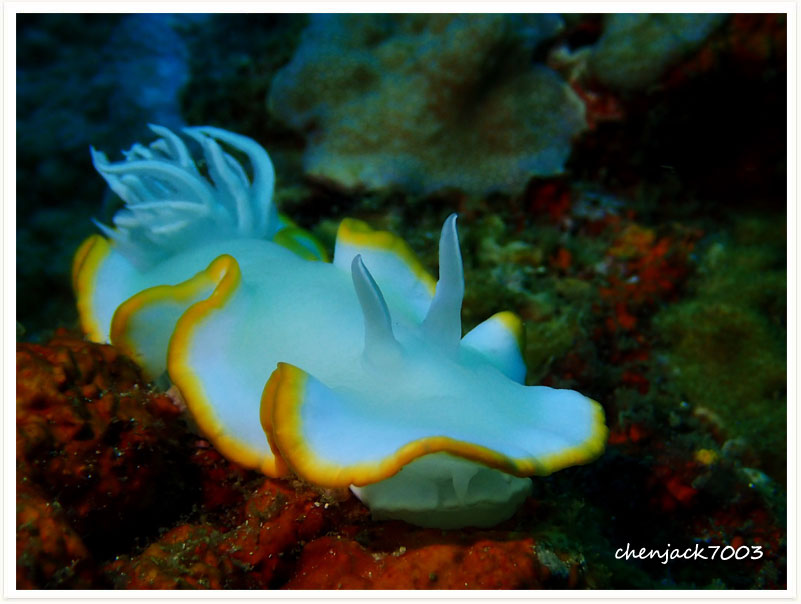
This sea hare is distributed in Indo-West Pacific.Aplysia oculifera have small brown eye-spots all over the head and the parapodia.The spotted sea hare often seen on sandy sheltered shores among seagrasses, but also can be found to dephts of 10 m.If they feel disturbed,they able to squirt a red ink.
Aplysia nigrocincta is probably the smallest species of Genus Aplysia in the Philippines, reaching a maximium length of about 6 cm. It’s colour is very variable, mottled red-brown, green or black, the large parapodial flaps have a black and/or a whitish/cream edge.
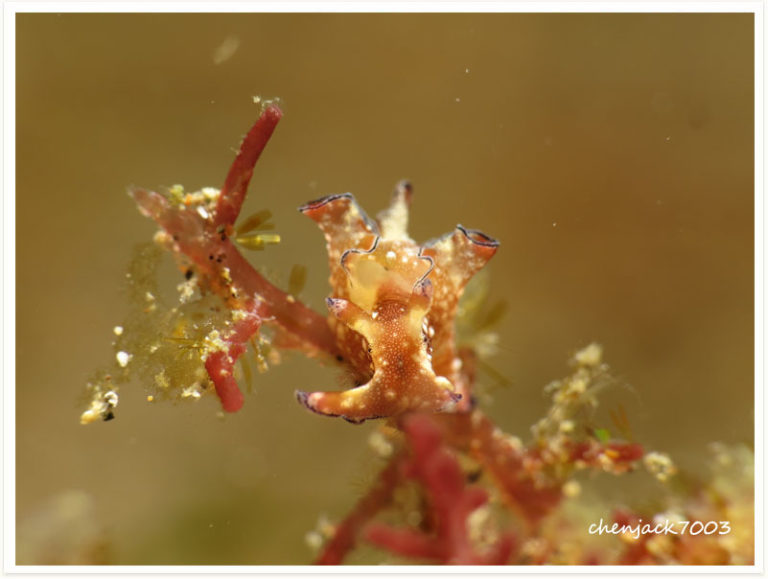
Sea slugs of genus Aegires feeds exlusively on calcareous sponges.
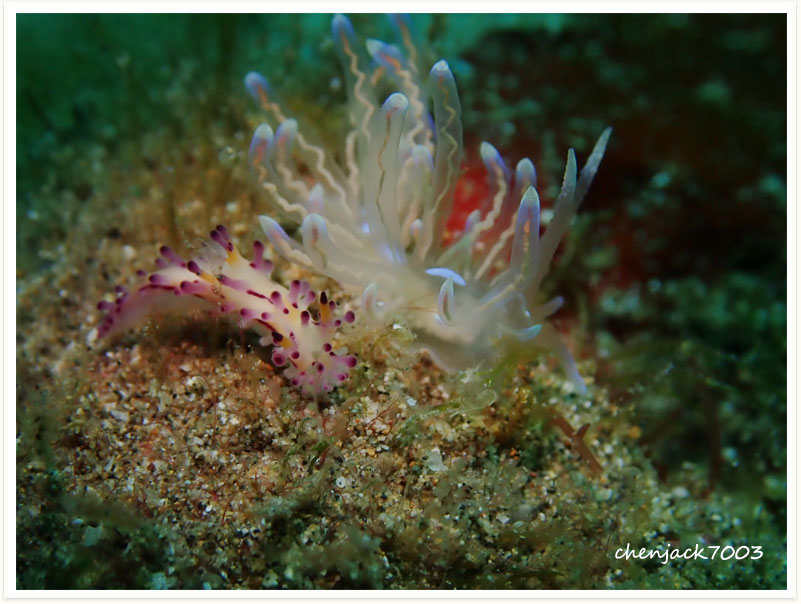
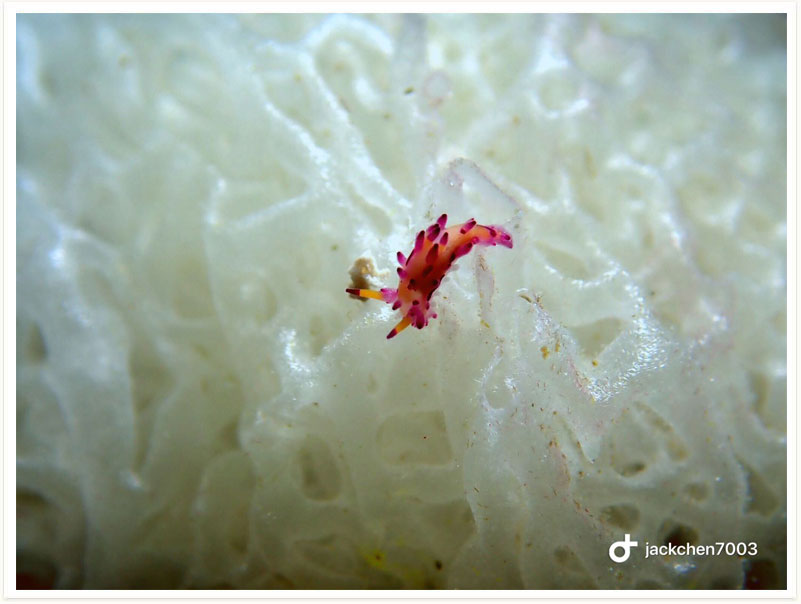
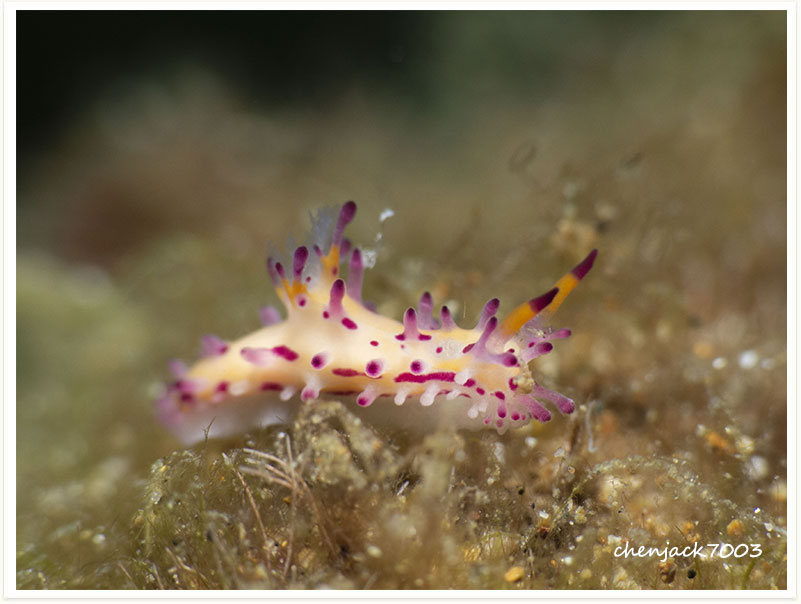
Also known as: Notodoris serenae
Aegires serenae is found in Western Central Pacific and the Philippines. Characterized by its colour pattern, ranging in colour from dull white to grey-green with scattered raised black spots. The most characteristic difference is the development of 3 long extrabranchial appendages which shield the three distinct gills. Some specimens have a yellowish margin of the foot.